
The Lore of Lucky Decor

This week, I found myself in an old pottery town in Puglia—one of those sun-warmed villages where everything looks hand-touched and storied.
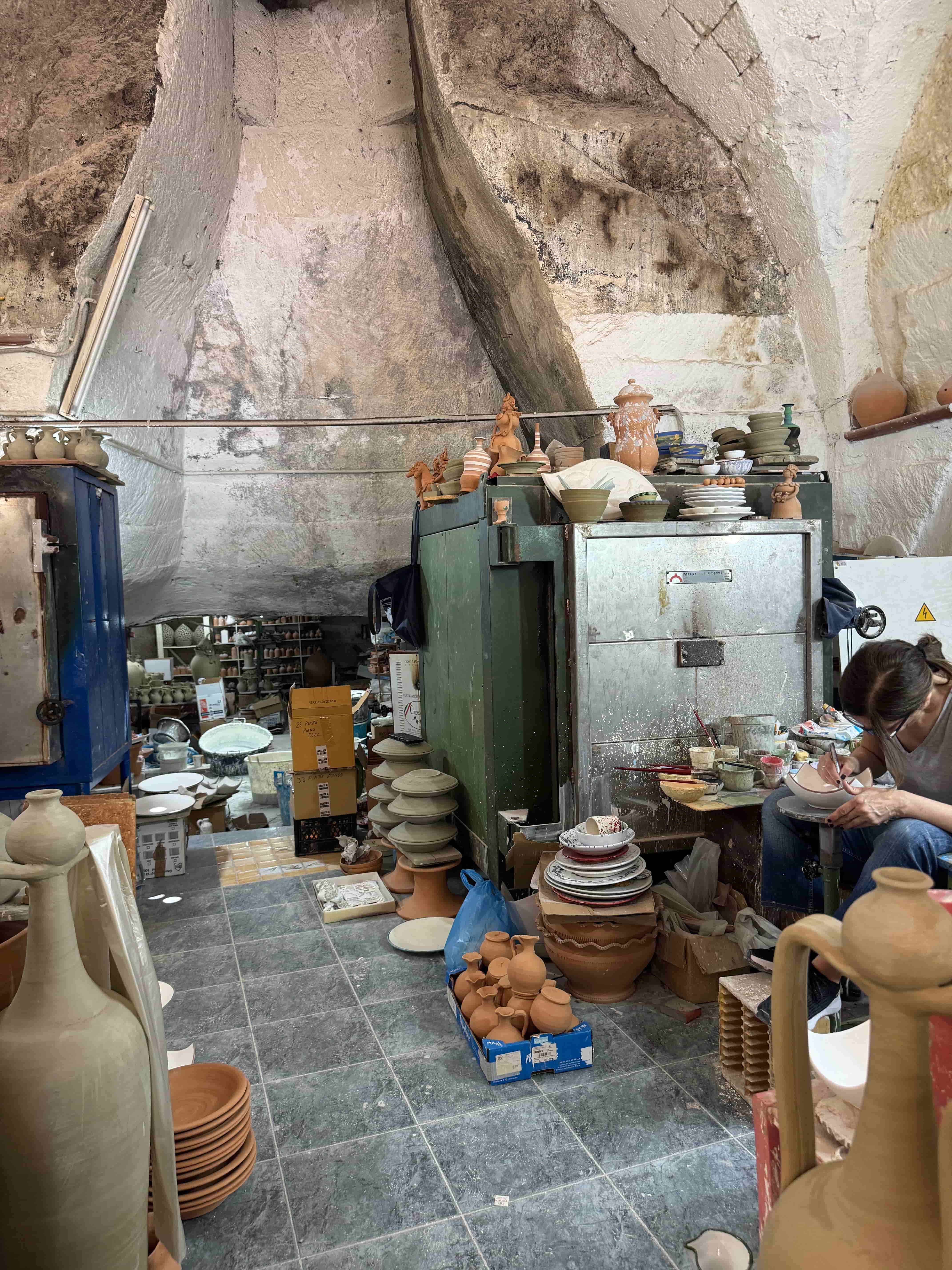
I was there to scout artwork (and maybe find a new set of plates for home), when I started noticing something strange: ceramic fertility eggs. Everywhere.
In every shop window. Every color, size, and glaze. Some plain. Some ornate. Some gleaming in high-gloss finishes, others matte and quietly aged.
I asked around—what are these? Why so many?
Locals explained: these uova di fertilità have been part of southern Italian folk tradition for centuries. They represent life, rebirth, abundance. The egg—a universal symbol of creation—here becomes both decor and prayer.
“Objects can carry memory, meaning, and energy—especially when they’re given that role.”
— Dr. Christian Jarrett, cognitive neuroscientist
The lore of lucky decor isn’t just an old wives’ tale. It’s part of a larger design impulse: to infuse our spaces with hope, story, and intention.

Around the World in Symbols
It turns out belief is powerful—and it’s woven into the design choices we make, whether consciously or not. Across the world, people have long surrounded themselves with objects believed to bring protection, luck, and meaning into their homes.
The ceramic fertility egg might be specific to southern Italy—but it’s hardly alone.
- Evil eye talismans in Greece and Turkey, said to ward off envy and misfortune.
- Beckoning cats (Maneki-neko) in Japan, placed in shops and homes to invite prosperity.
- Mezuzahs in Jewish households, affixed to doorframes as a reminder of protection and spiritual connection.
- Miniature altars in Mexico, honoring ancestors with candles, marigolds, and sacred relics.
- And others: dreamcatchers, rune stones, elephant figurines—each rooted in regional lore and collective memory.
These pieces may look small, but they carry something big: continuity. A subtle sense that the space you’re in isn’t random. It’s chosen. Cared for.
“Symbols act as containers for cultural knowledge,” says Dr. Anjan Chatterjee, director of the Penn Center for Neuroaesthetics. “When integrated into our environment, they don’t just decorate space—they shape our perception of it.”
And science supports what instinct already knows: environments that reflect emotional or cultural meaning can lower stress and elevate mood. We feel safer, more grounded, more ourselves.
Sometimes, belief is the design element you didn’t know you were looking for.

Design Tip: Let Luck Be Personal
Maybe your “lucky decor” isn’t a fertility egg.
Maybe it’s a feather you found on a walk.
A painting your grandmother made.
A candle you always light before writing.
An heirloom, a talisman, a color, a scent.
My dear friend Anna—an artist and new mother—created the most breathtaking home birthing altar I’ve ever seen. Layered with flowers, found objects, symbols of strength, and deep intention, it wasn’t just decoration—it was a sacred installation. A portal. A visual invocation of the energy she wanted to bring into the space… and into her life.
She gave birth on Mother’s Day, right there in her art studio. And her daughter, Lilith, might just be her most powerful masterpiece yet.
“We think with the objects we love; we love the objects we think with.”
— Dr. Sherry Turkle, MIT professor and author of Evocative Objects
Her altar wasn’t just beautiful—it was alive with meaning. A physical embodiment of care, belief, and creative power.
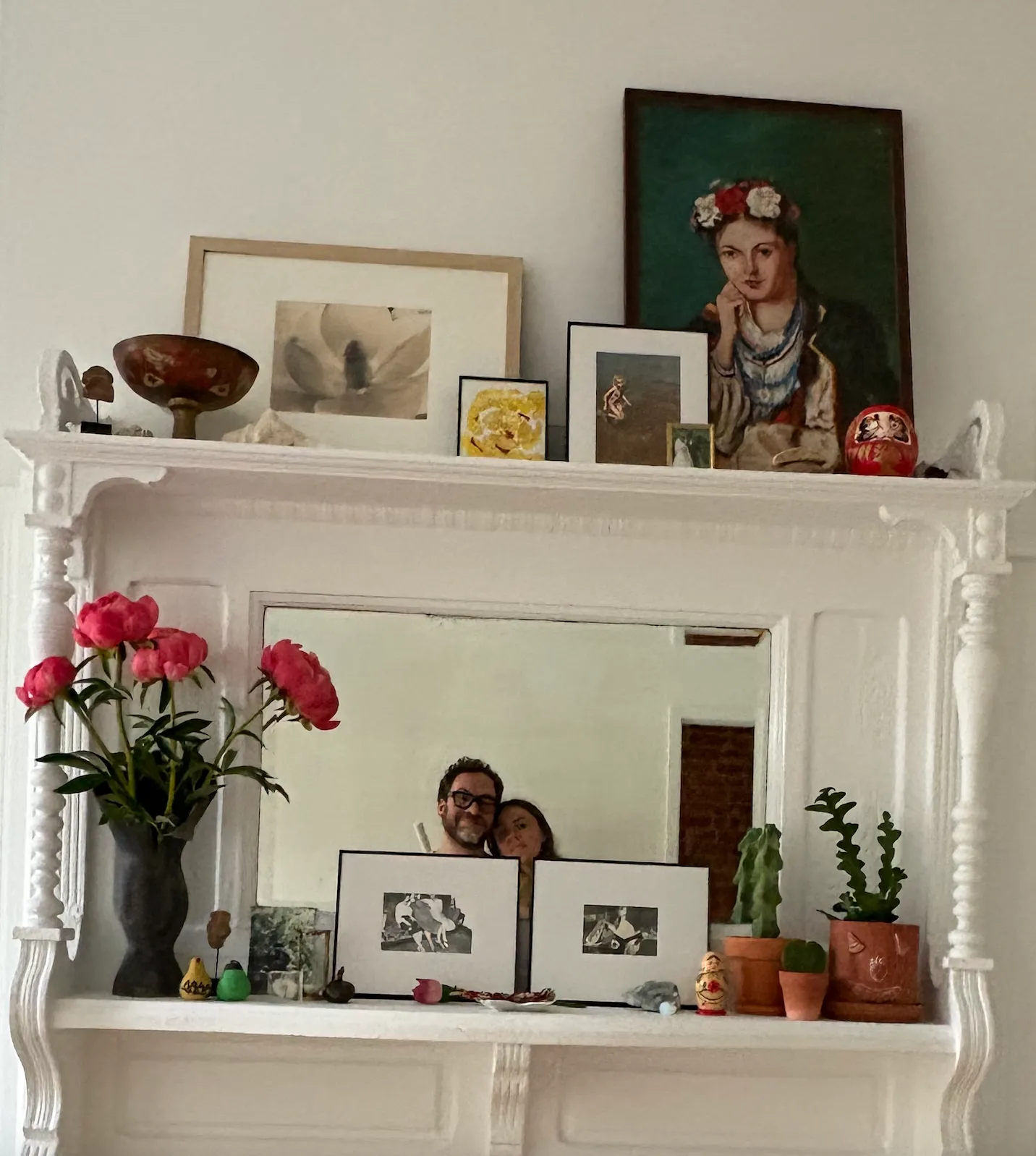
What’s the lore that lives in your space?
Maybe it’s a horseshoe above the door, said to catch and hold good luck.
Maybe it’s something quieter: a photo, a seashell, a token from someone you miss.
What matters isn’t what it is.
It’s that you gave it meaning.
This isn’t about luck as superstition, it’s about luck as an invitation.
Design as offering. Space as story. Home as a place where spirit is allowed in.
✨ What do you keep nearby for luck, memory, or magic?
Tell me in the comments—I’d love to know.
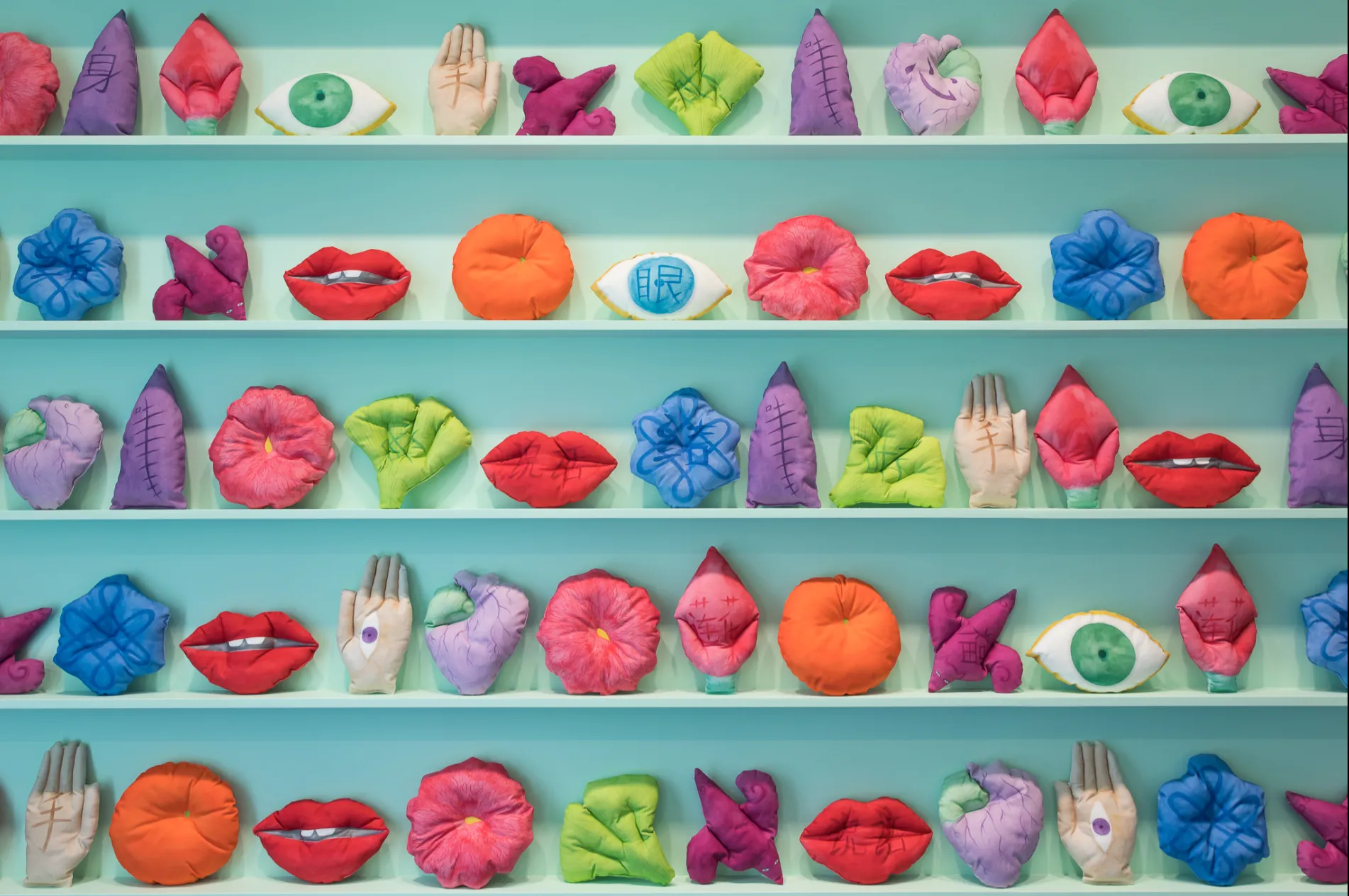
Final Thought
Yes, I bought the fertility egg.
I try to limit my tchotchkes—truly. But this one had a presence. It didn’t feel like a souvenir… it felt like a small, quiet prayer disguised as decor.
Sometimes, it’s not even about belief. It’s about resonance.
About surrounding yourself with objects that carry story, memory, or meaning—just enough to make you pause and smile.
And let’s be honest: if it brings a little luck or magic? Even better.
I’ll be sure to keep you posted. 🥚✨
💌
Elle
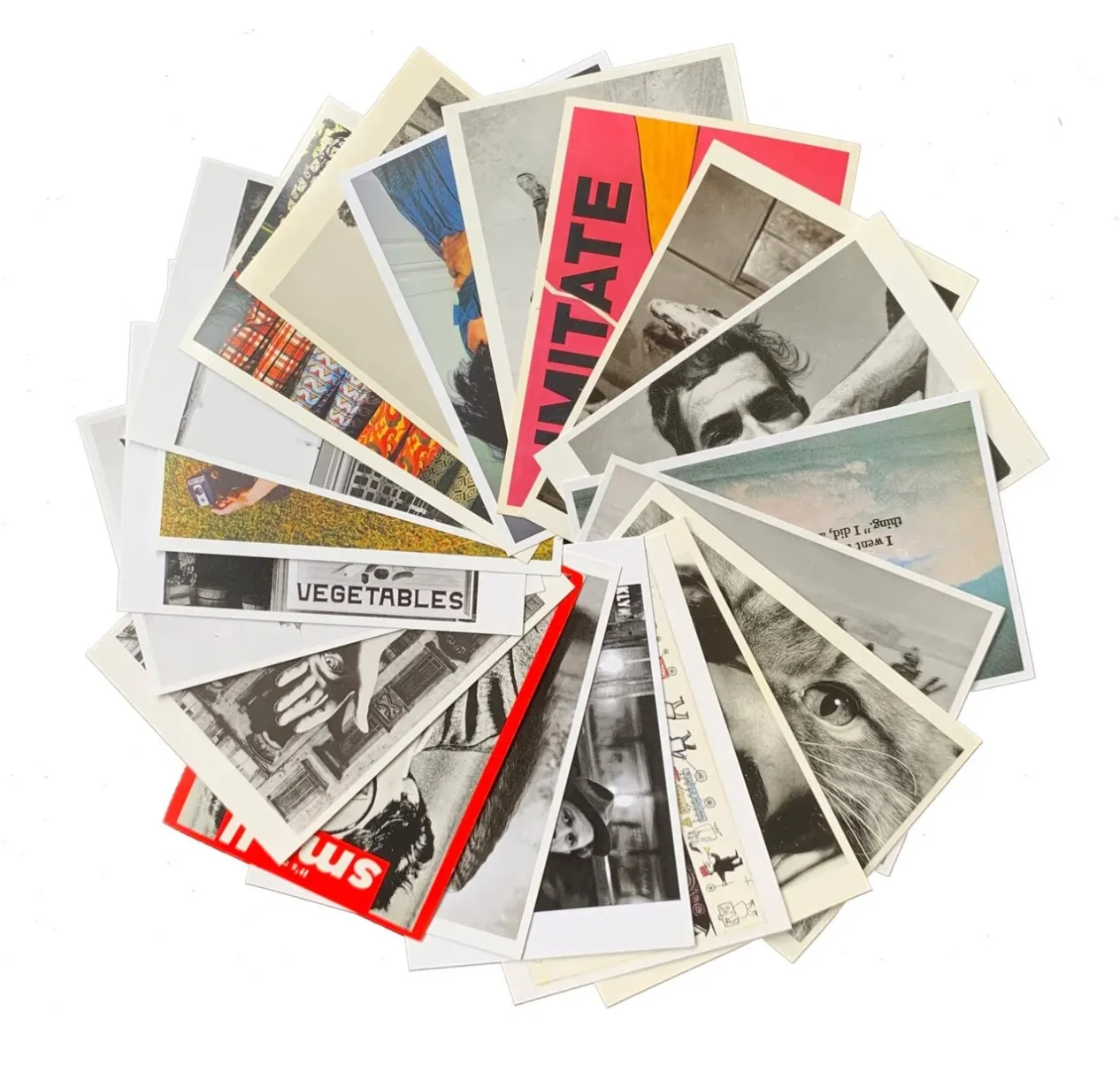



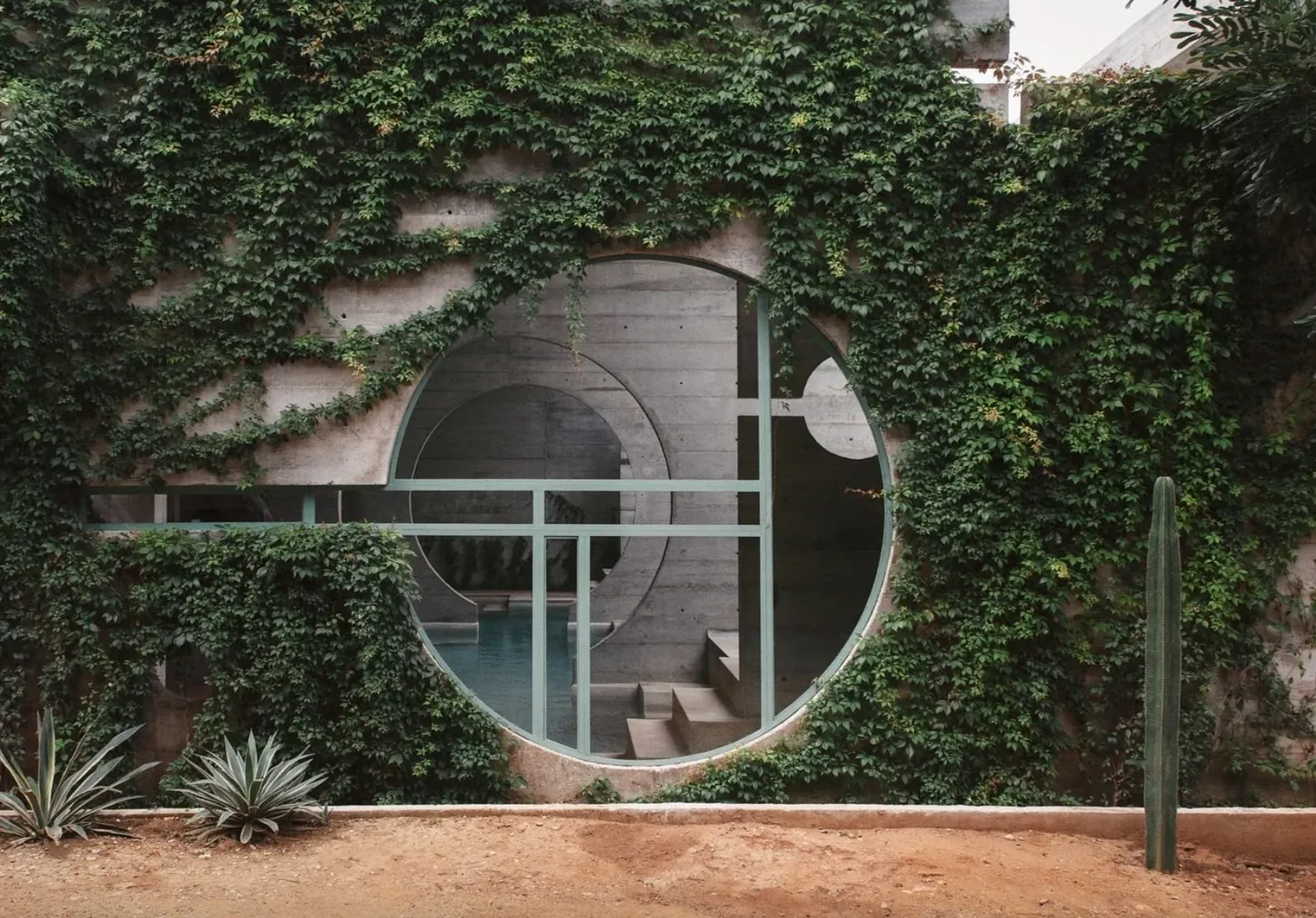
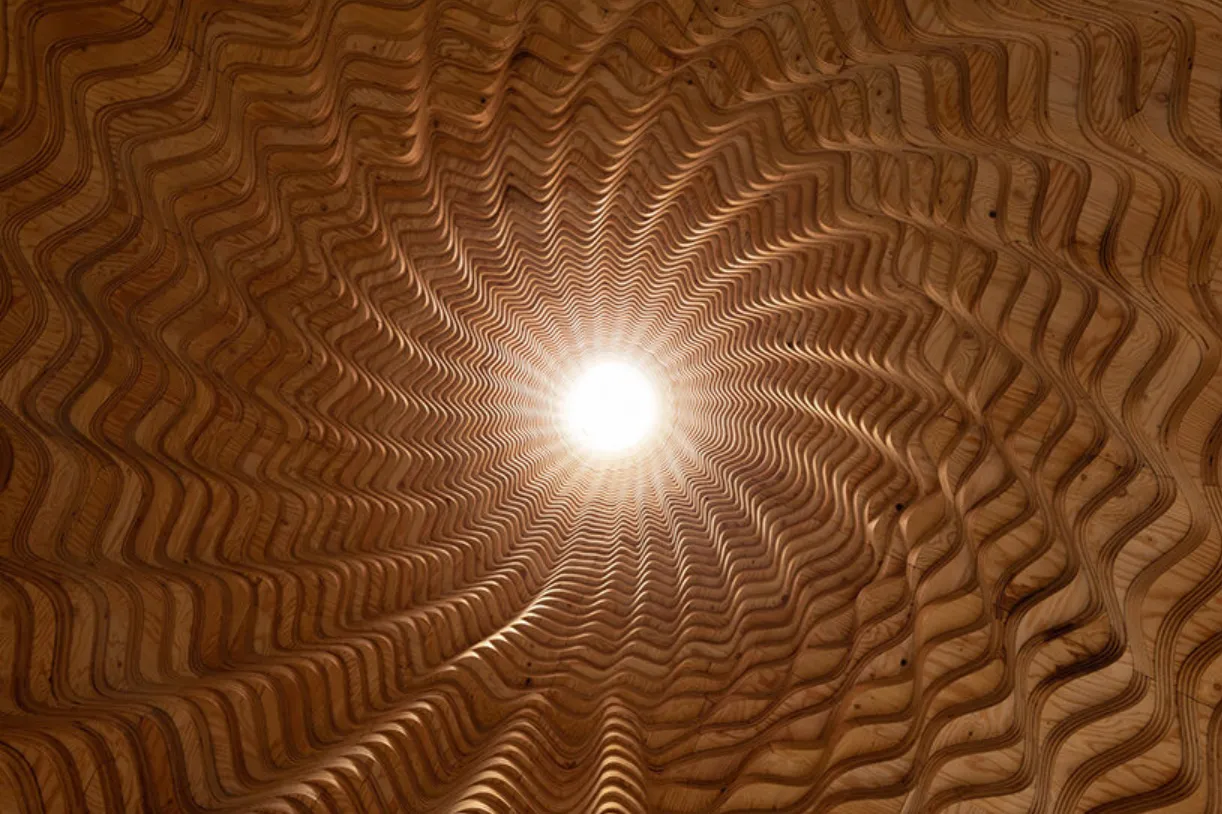
.svg)
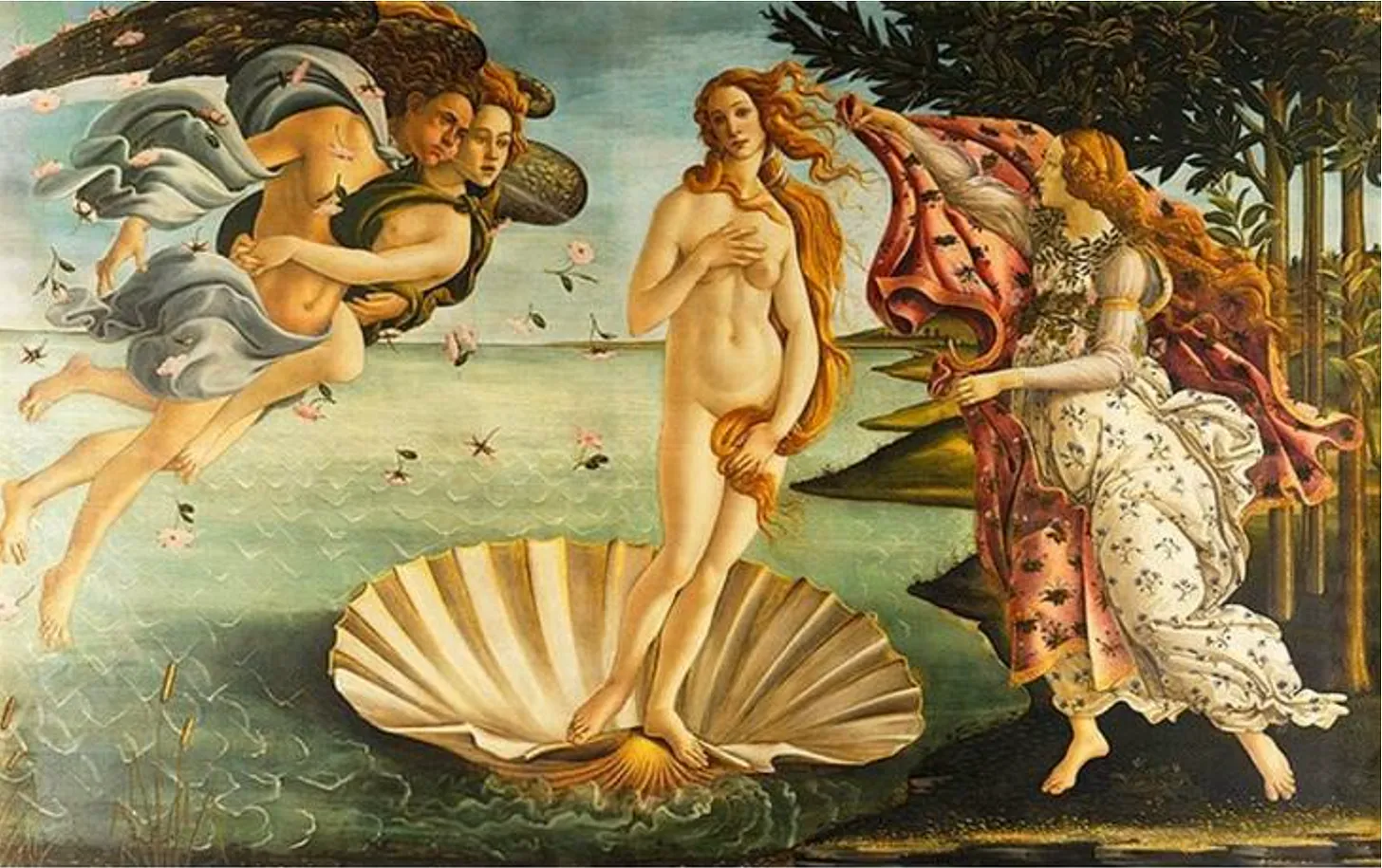
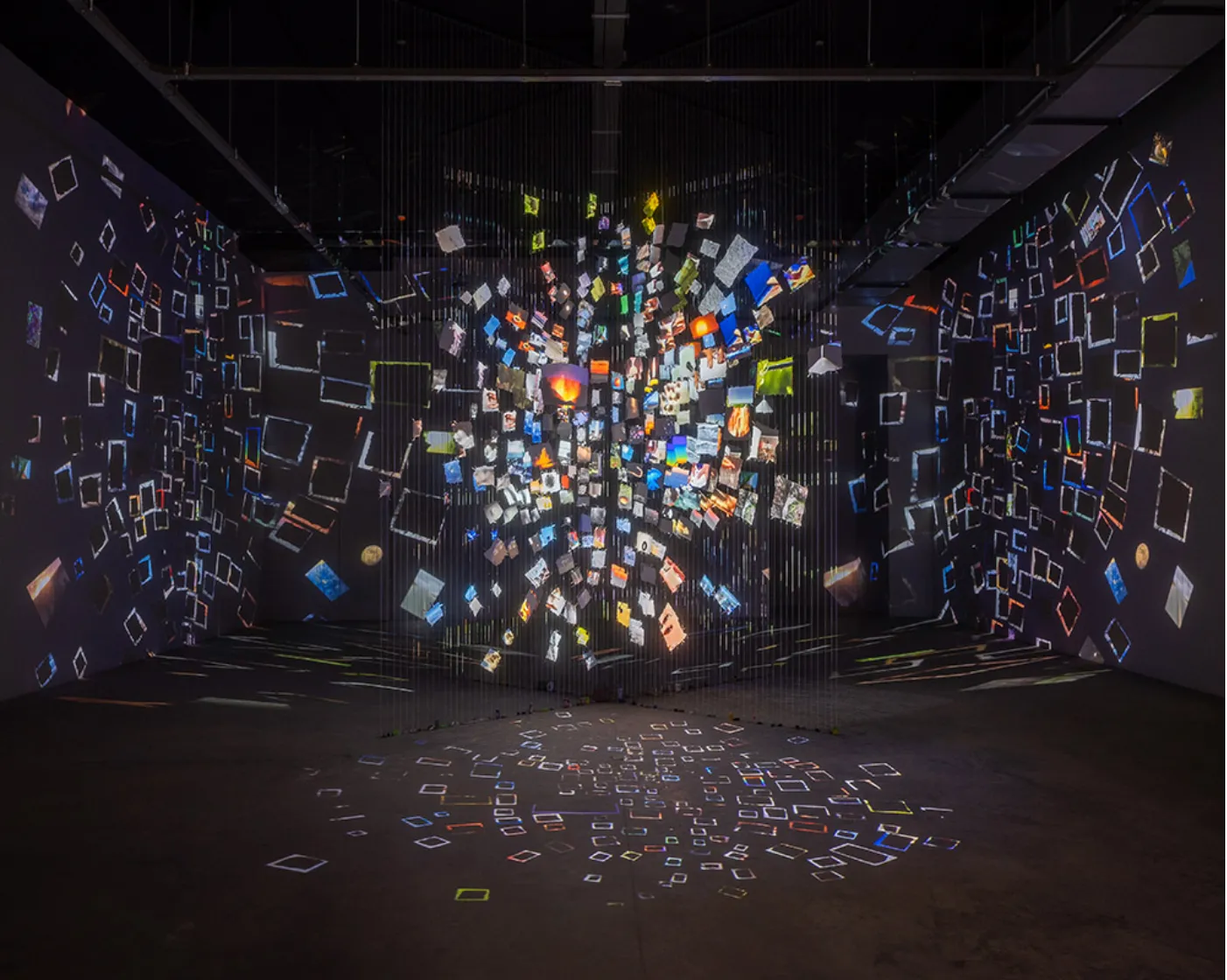
.svg)
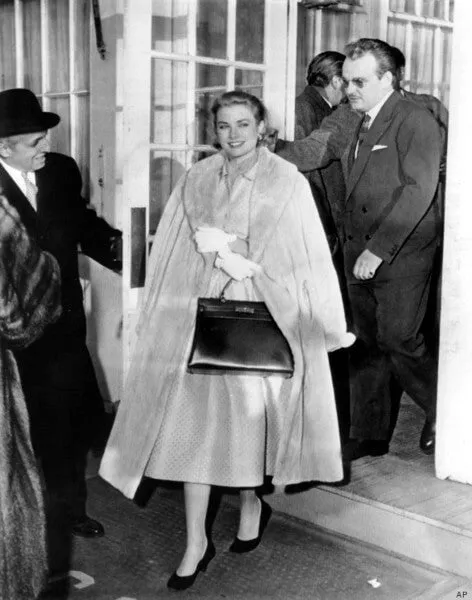
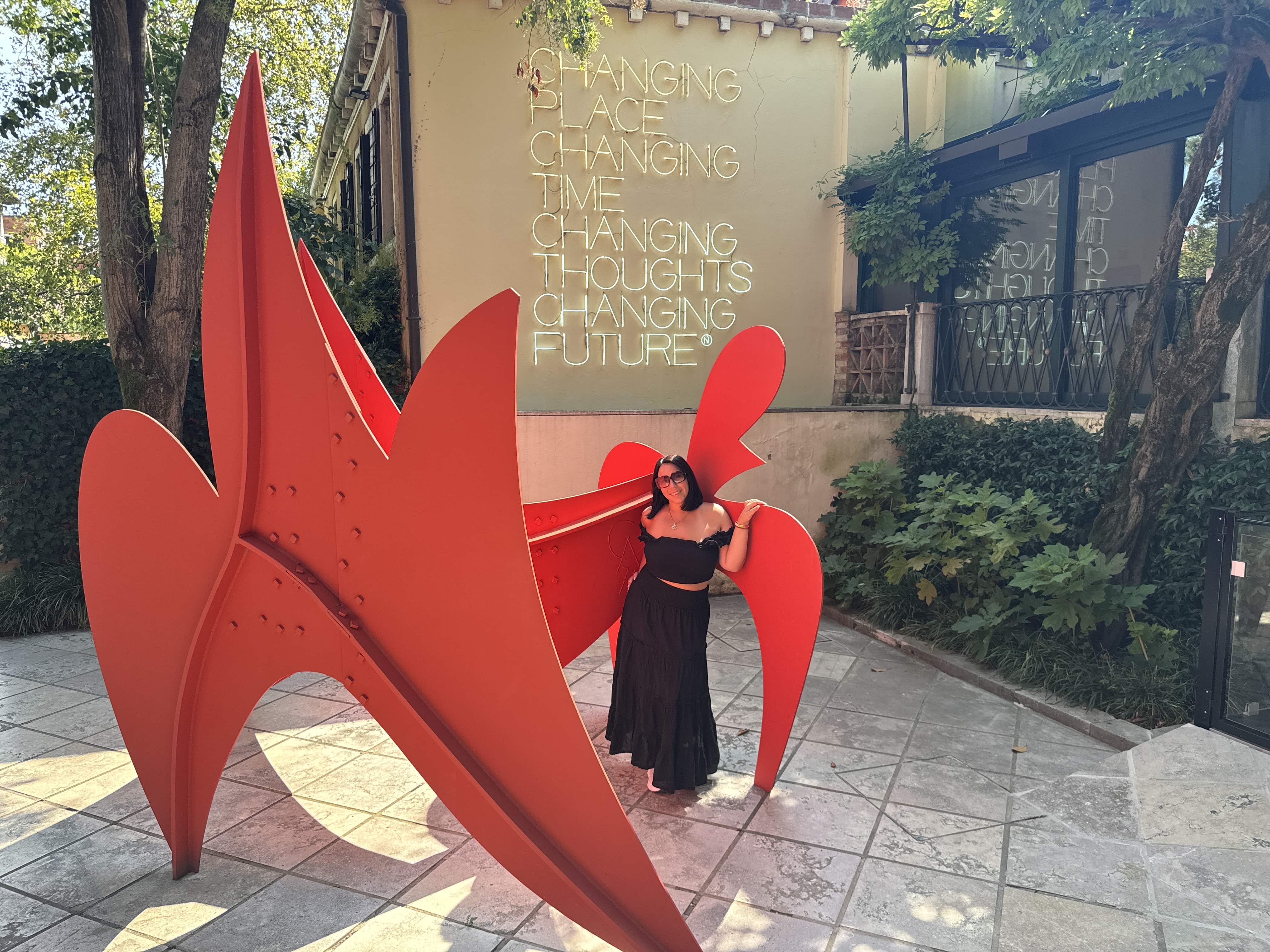
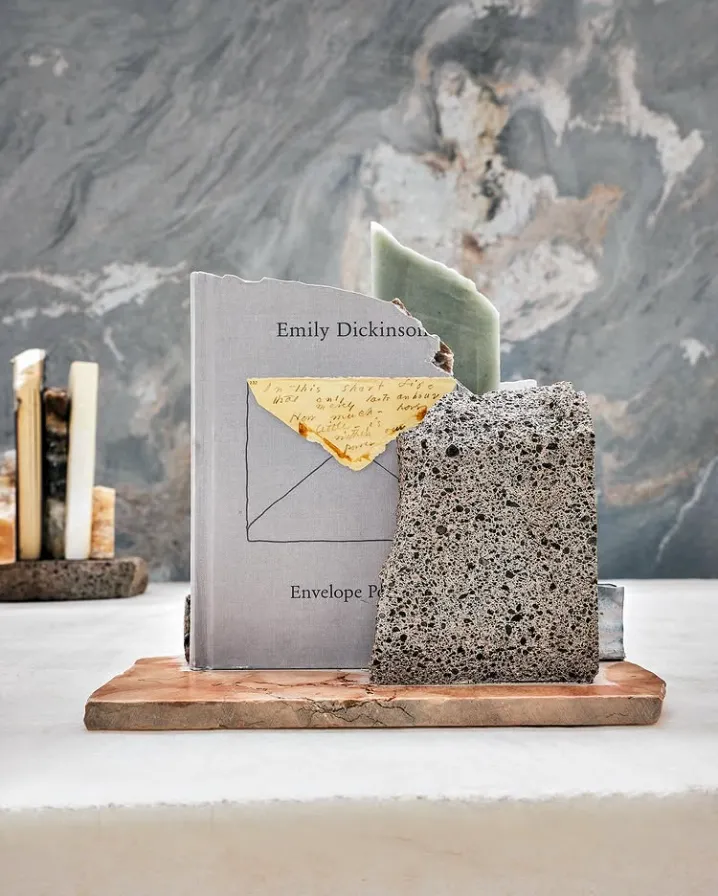
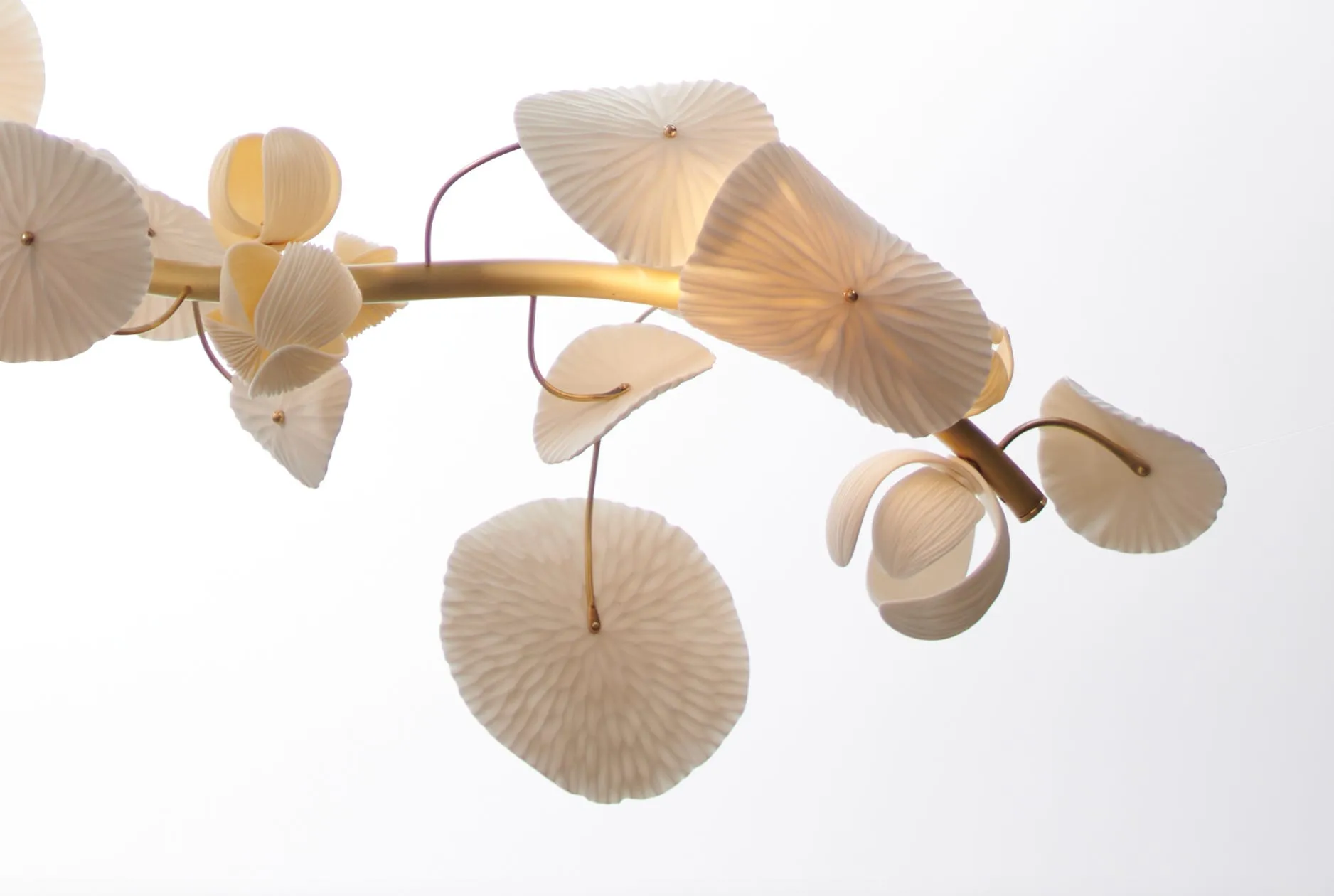

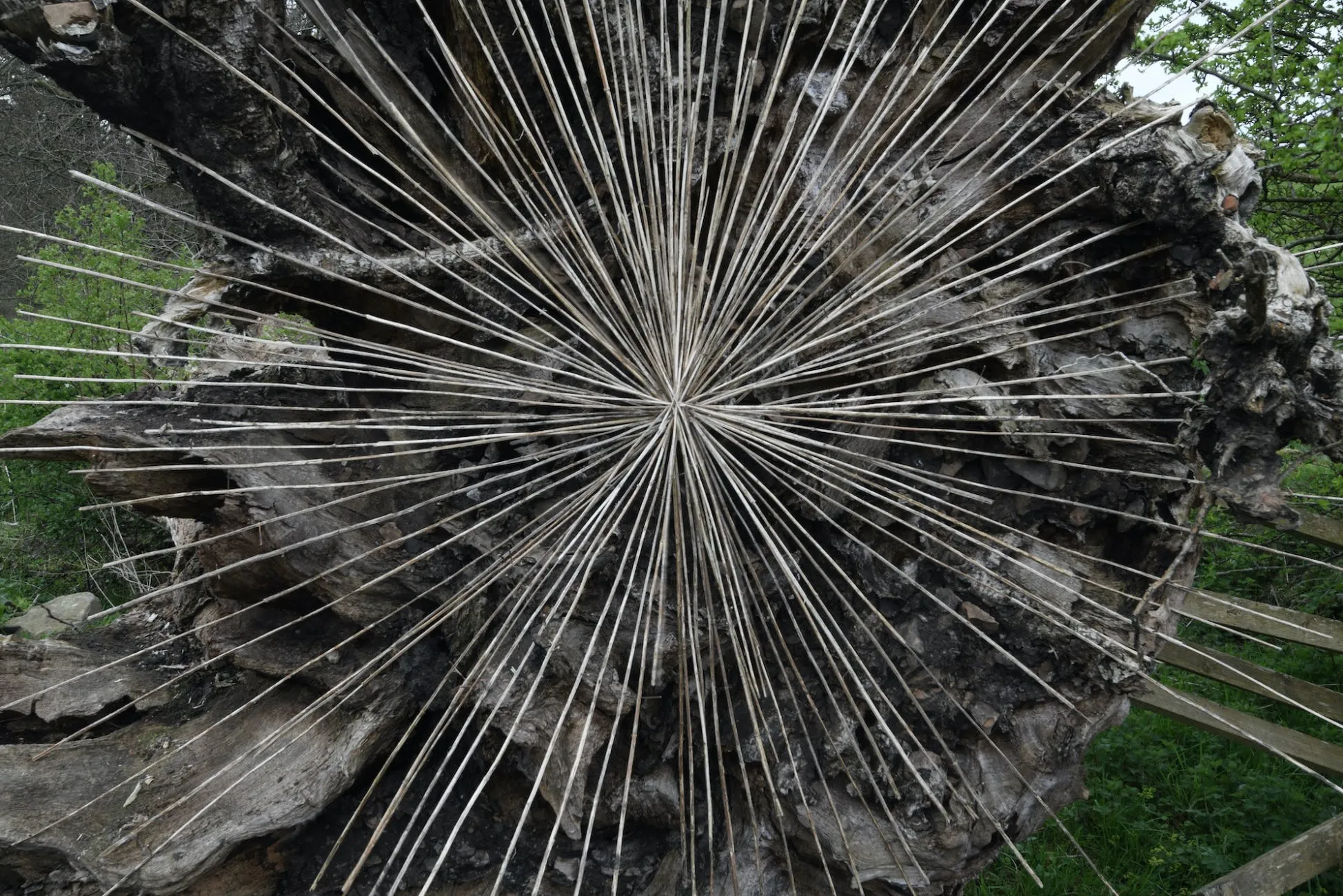
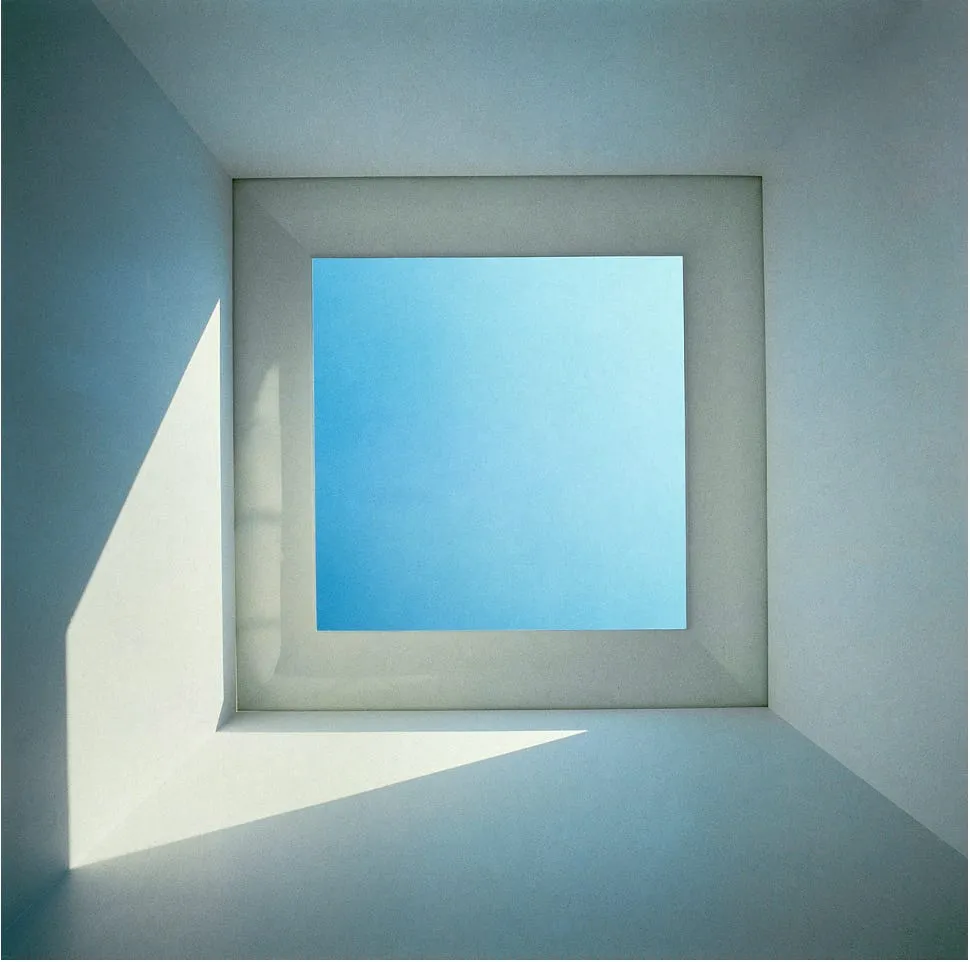
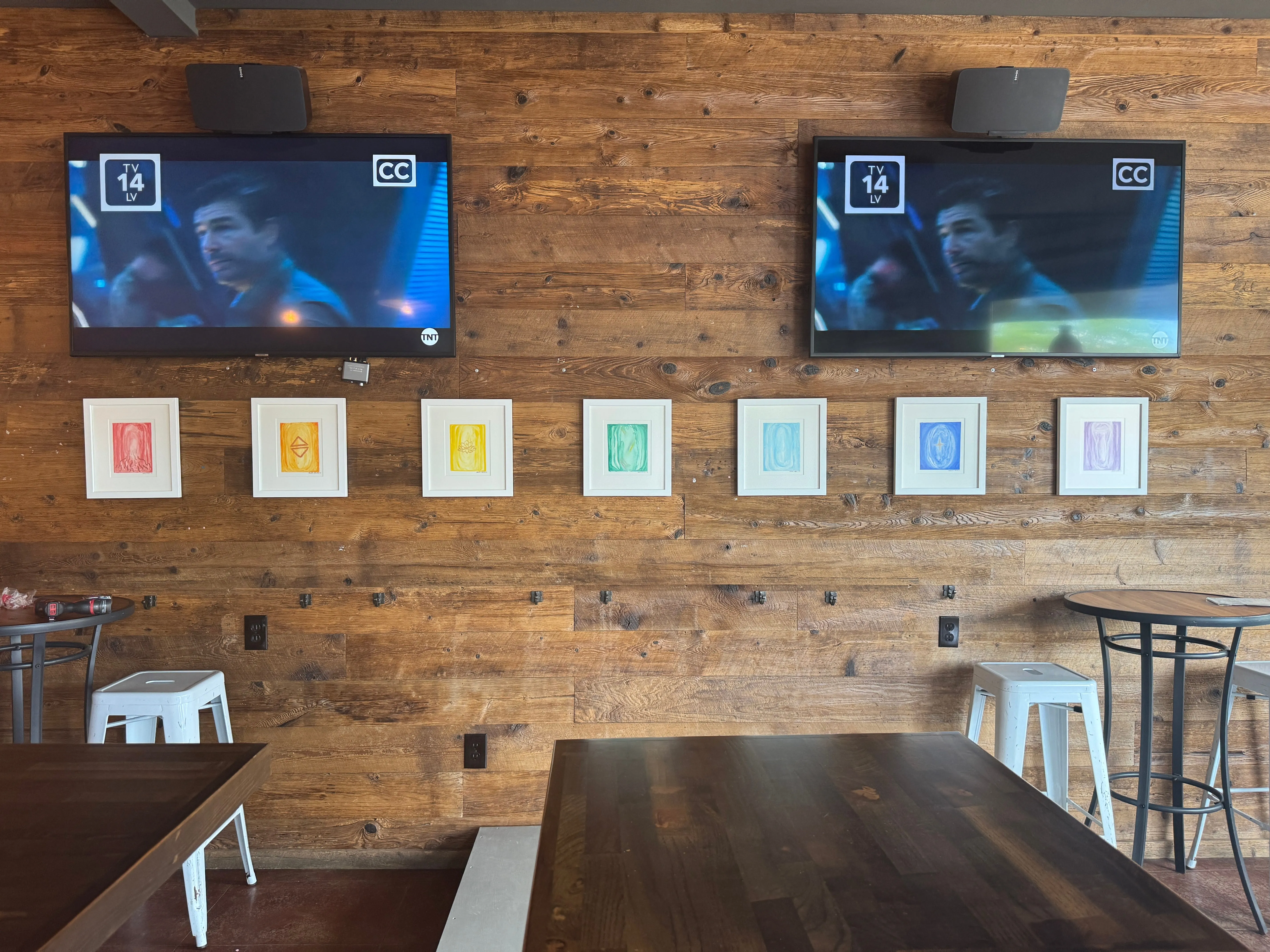
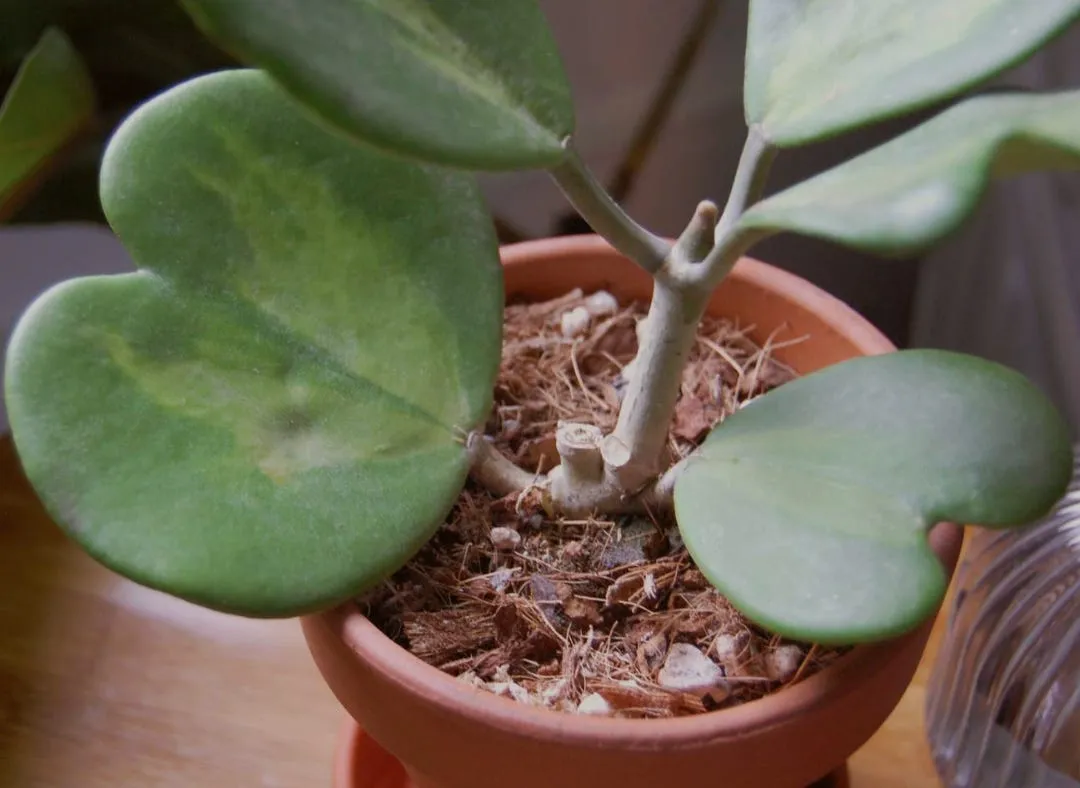
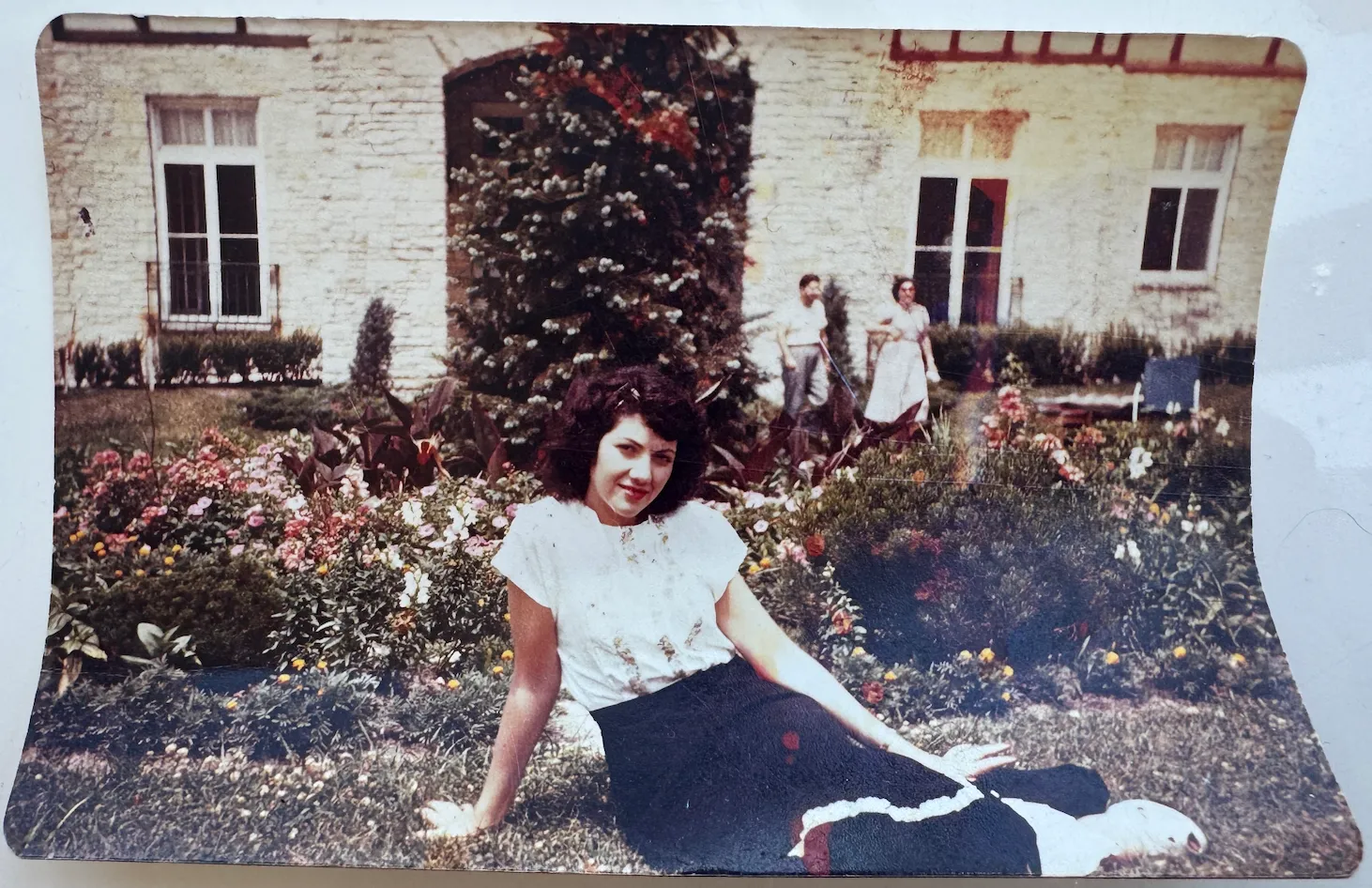

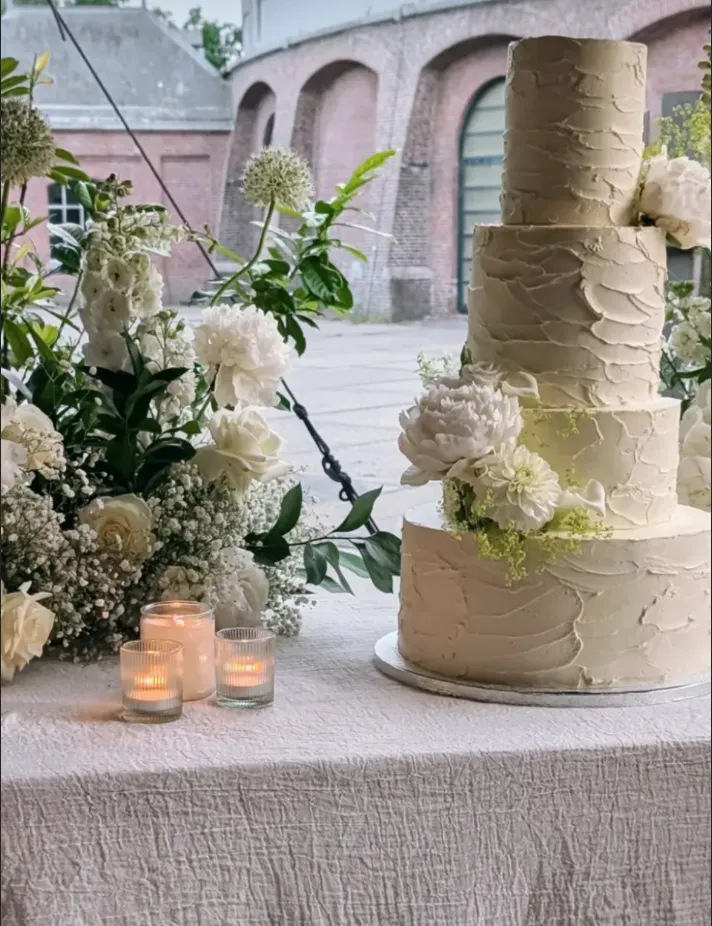
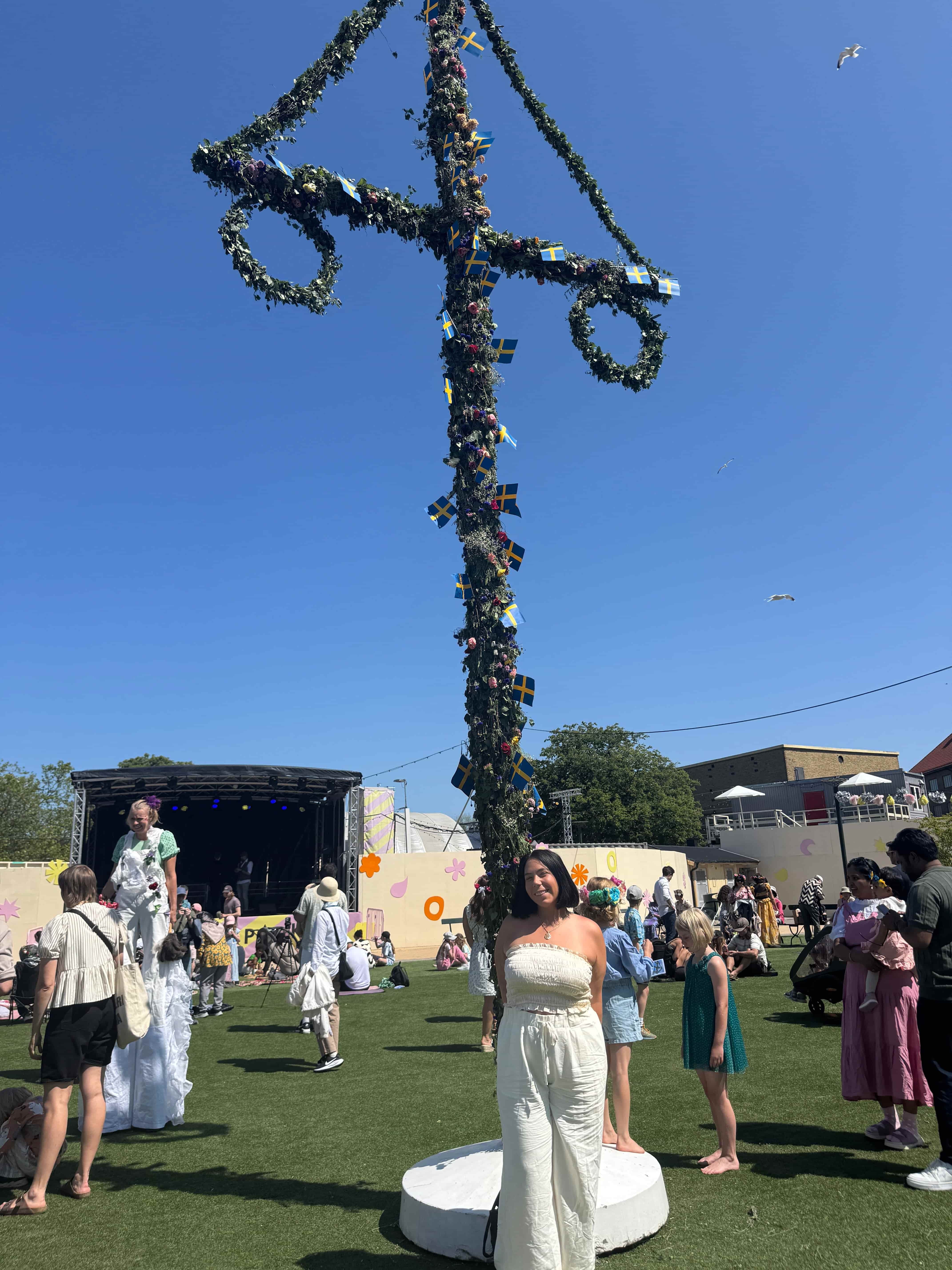
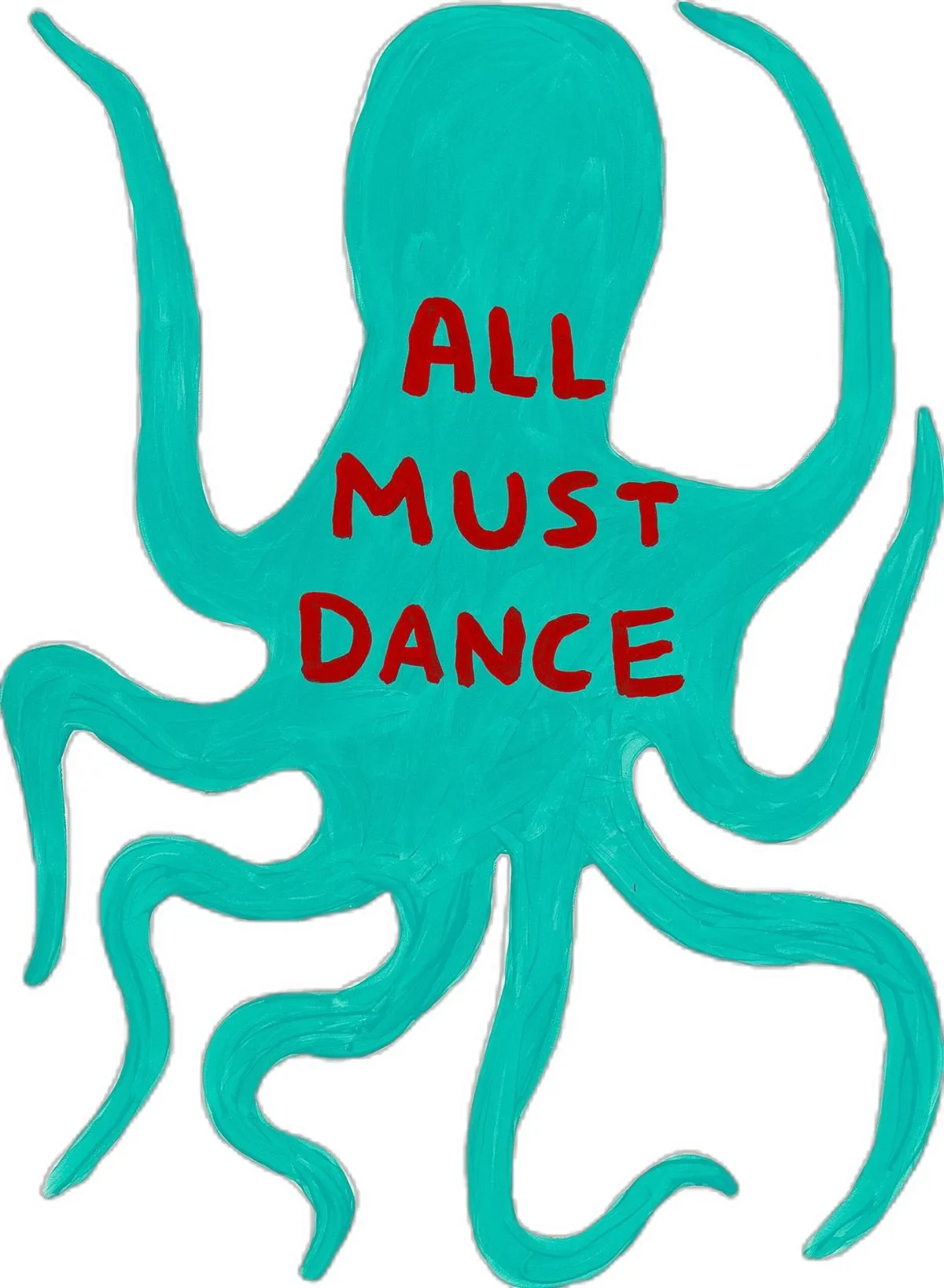


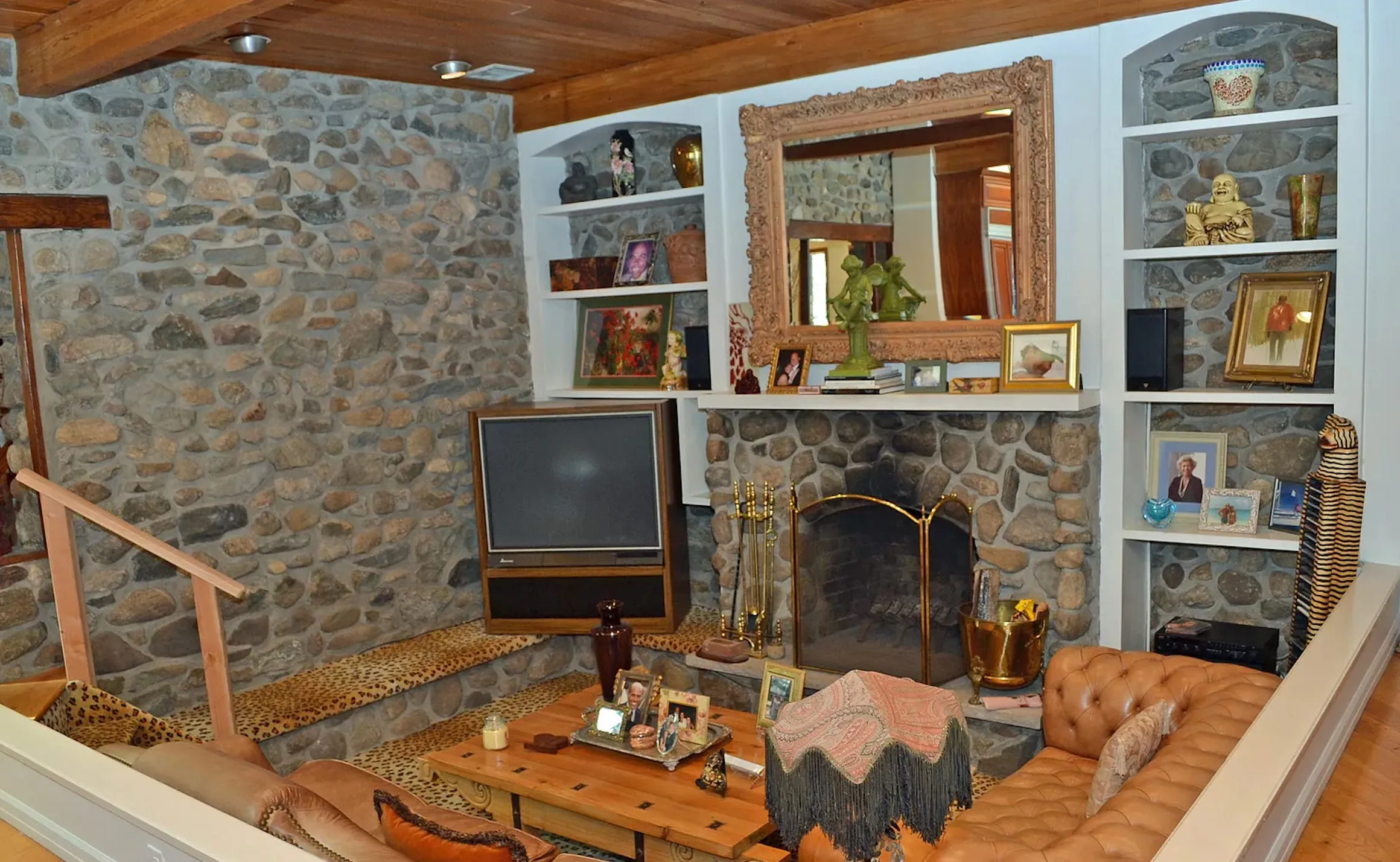
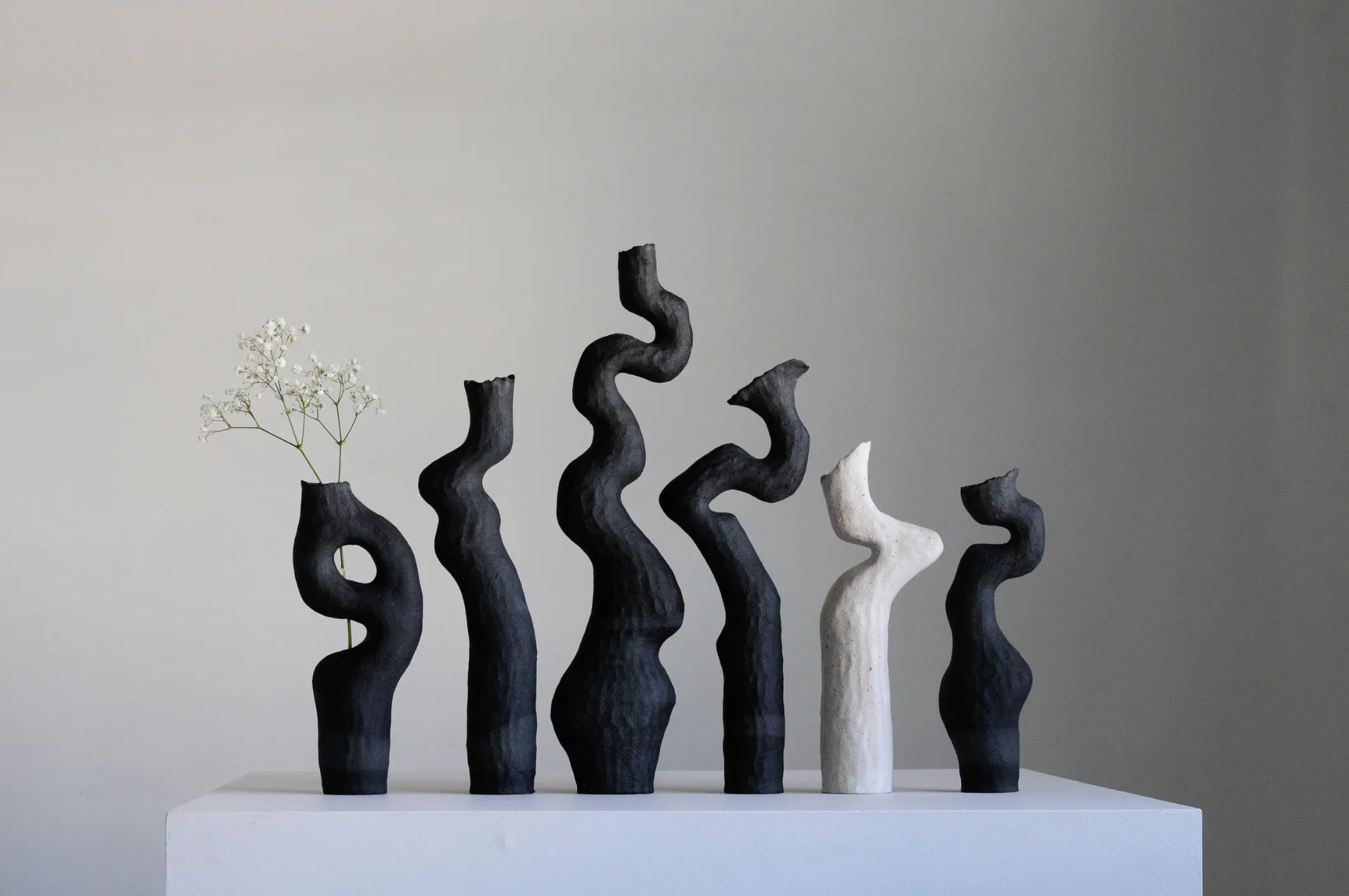

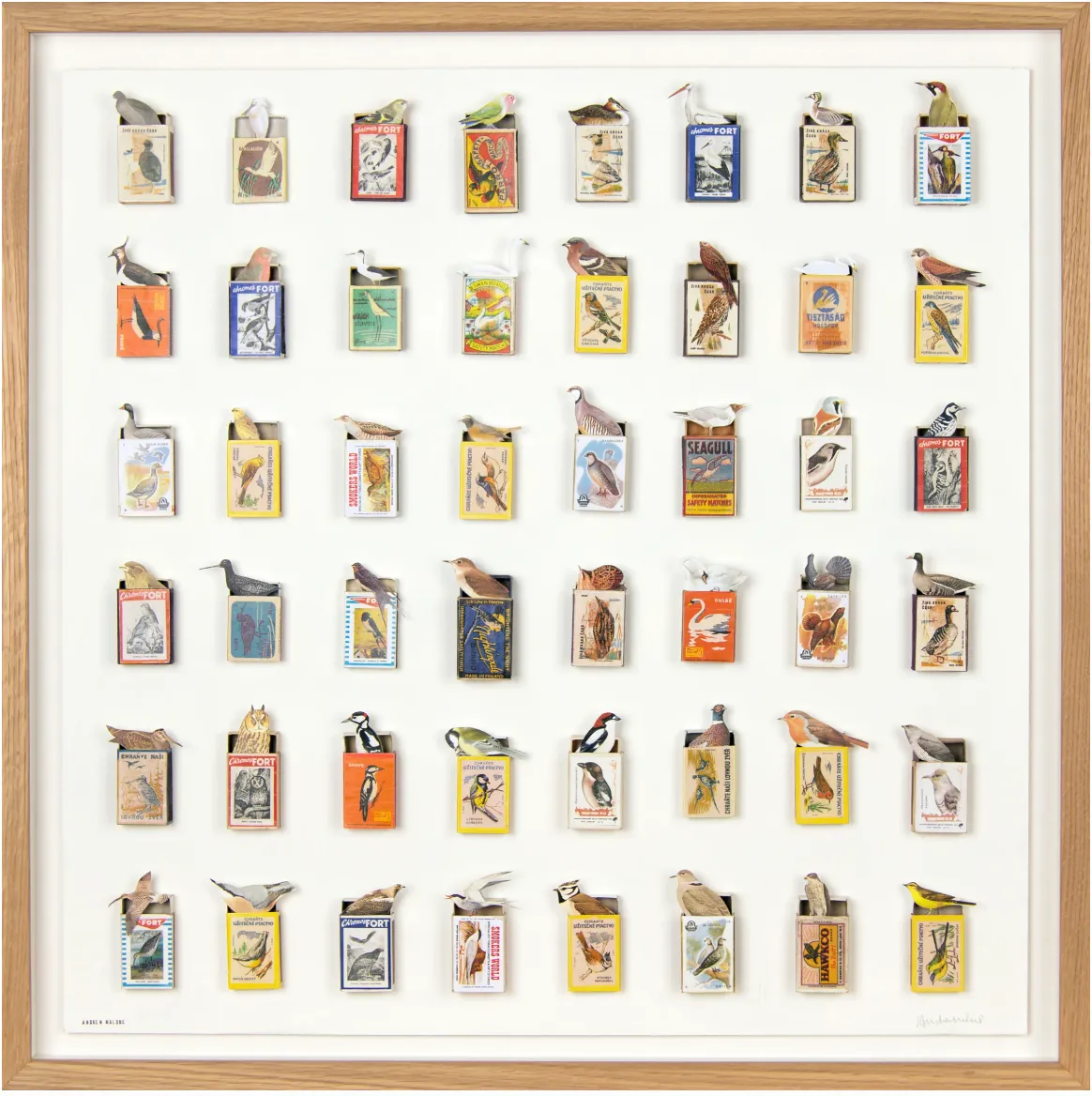

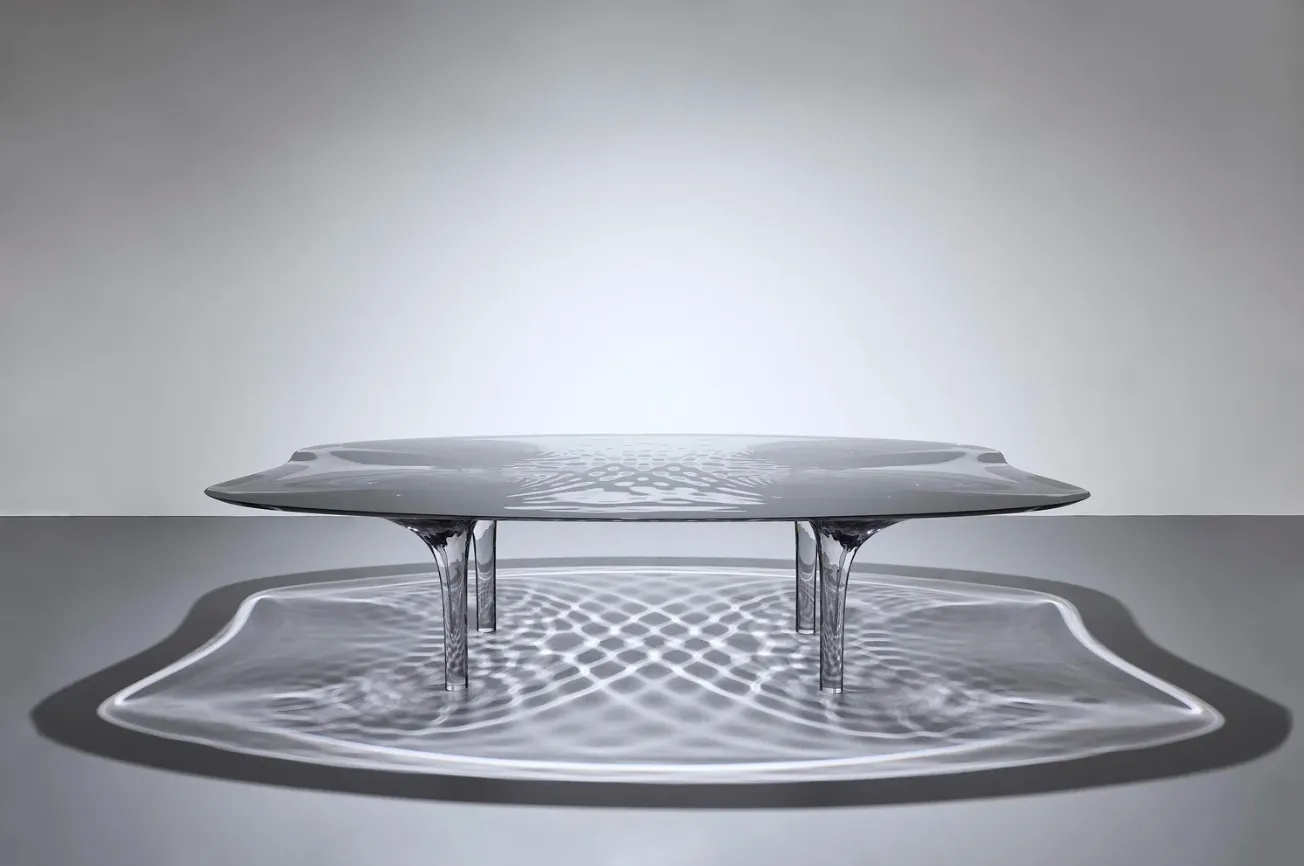
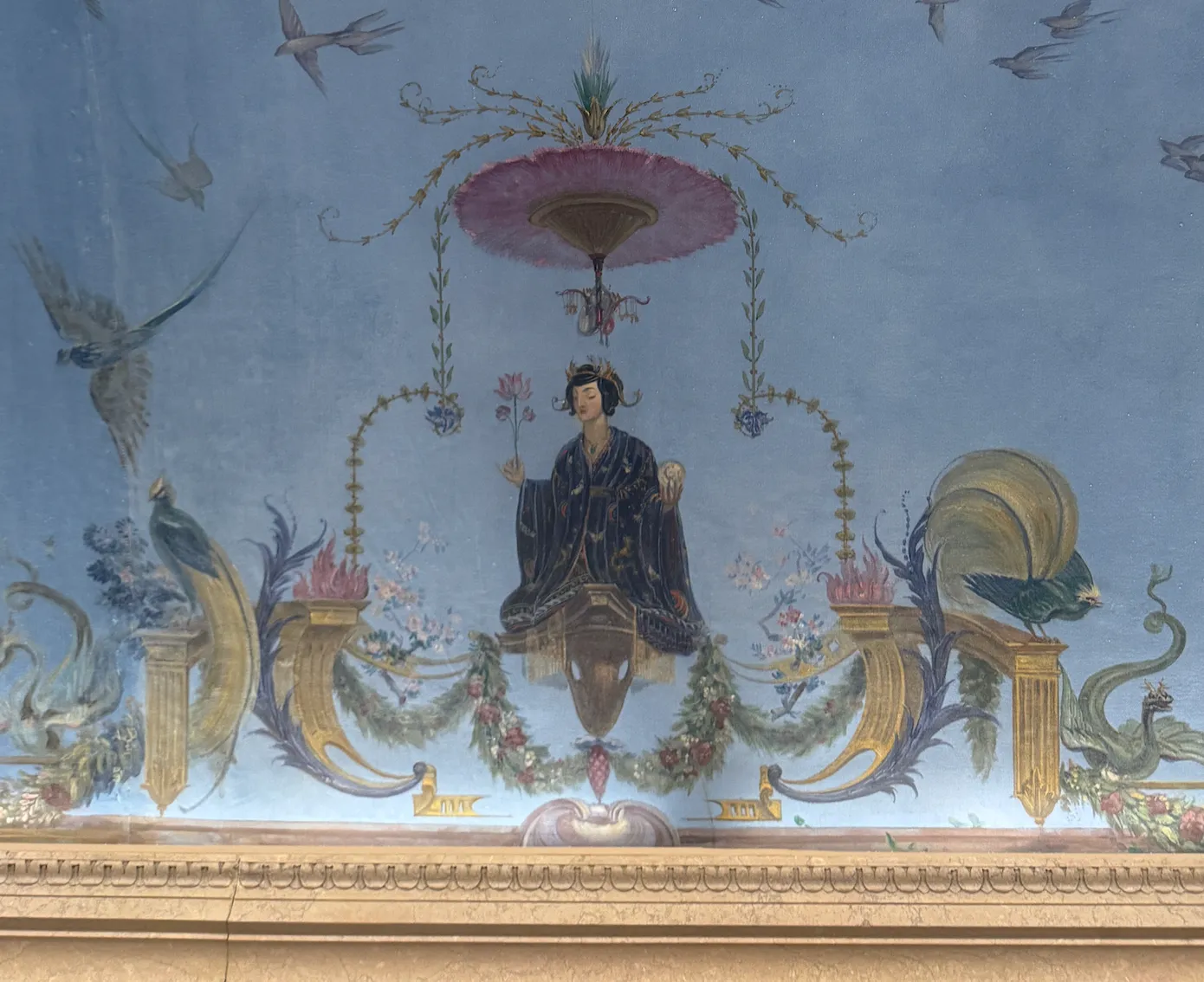
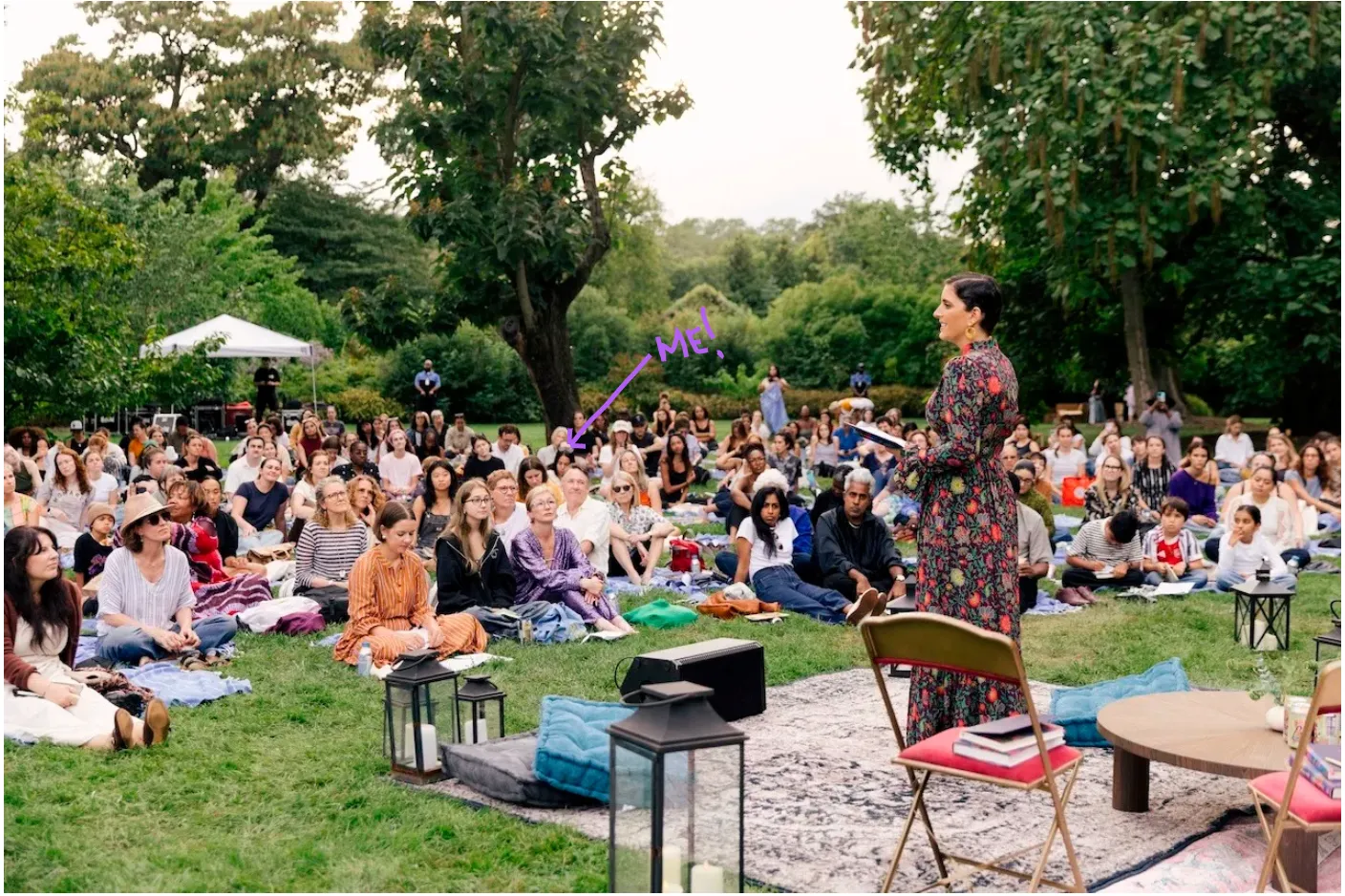
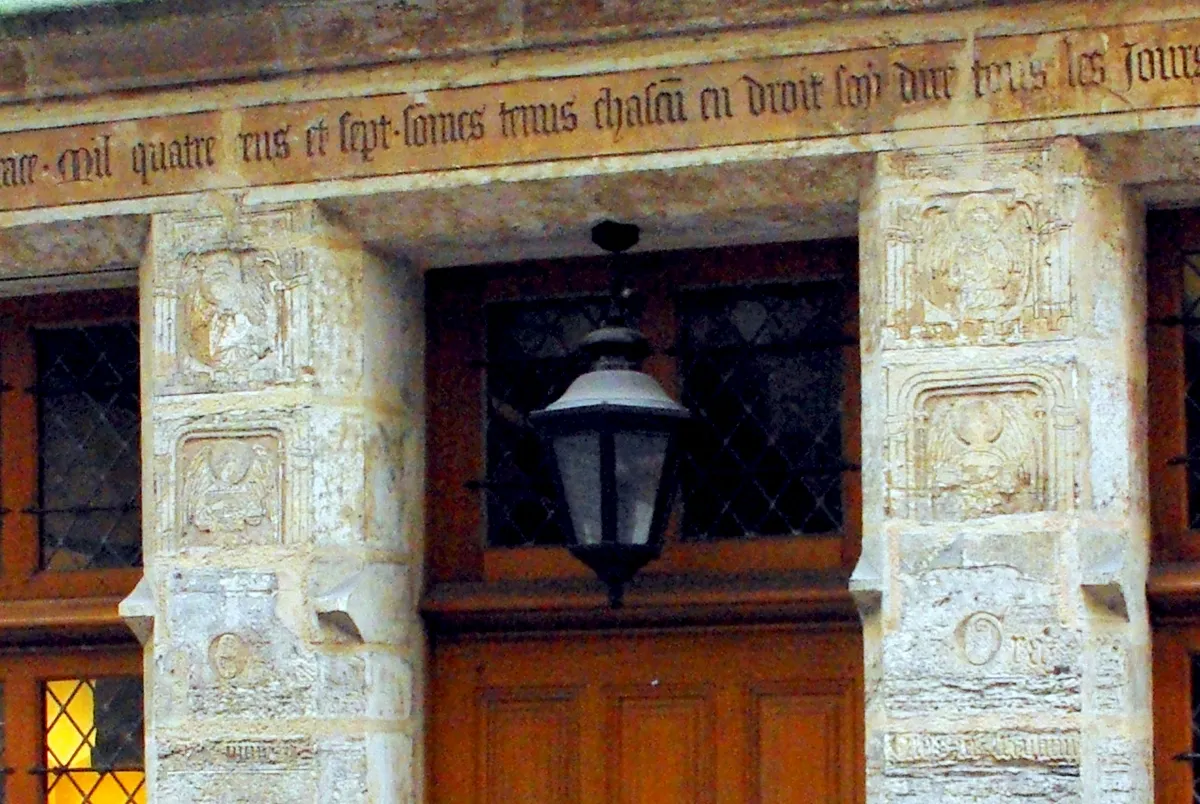
.webp)

.webp)
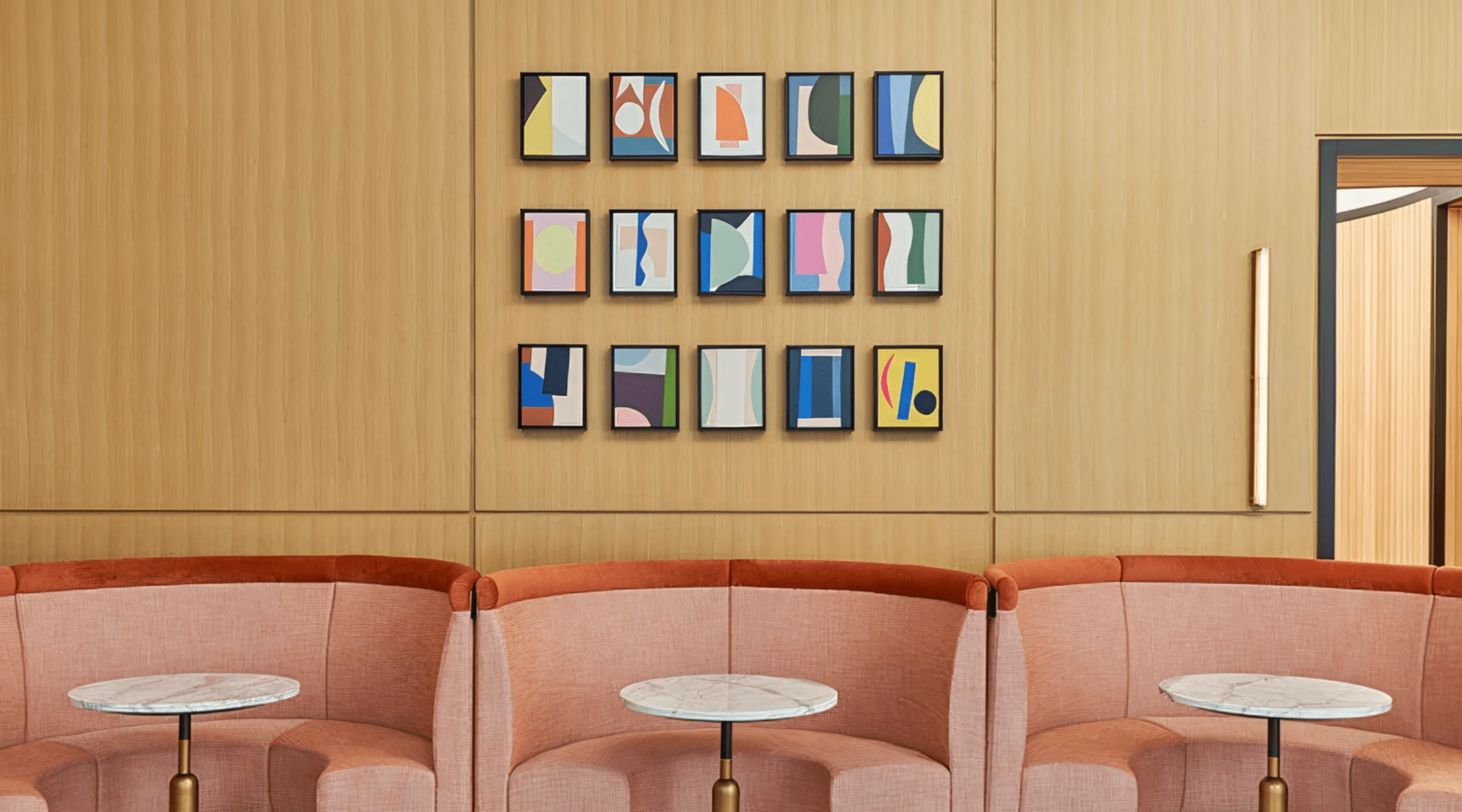
.webp)
.webp)
.webp)
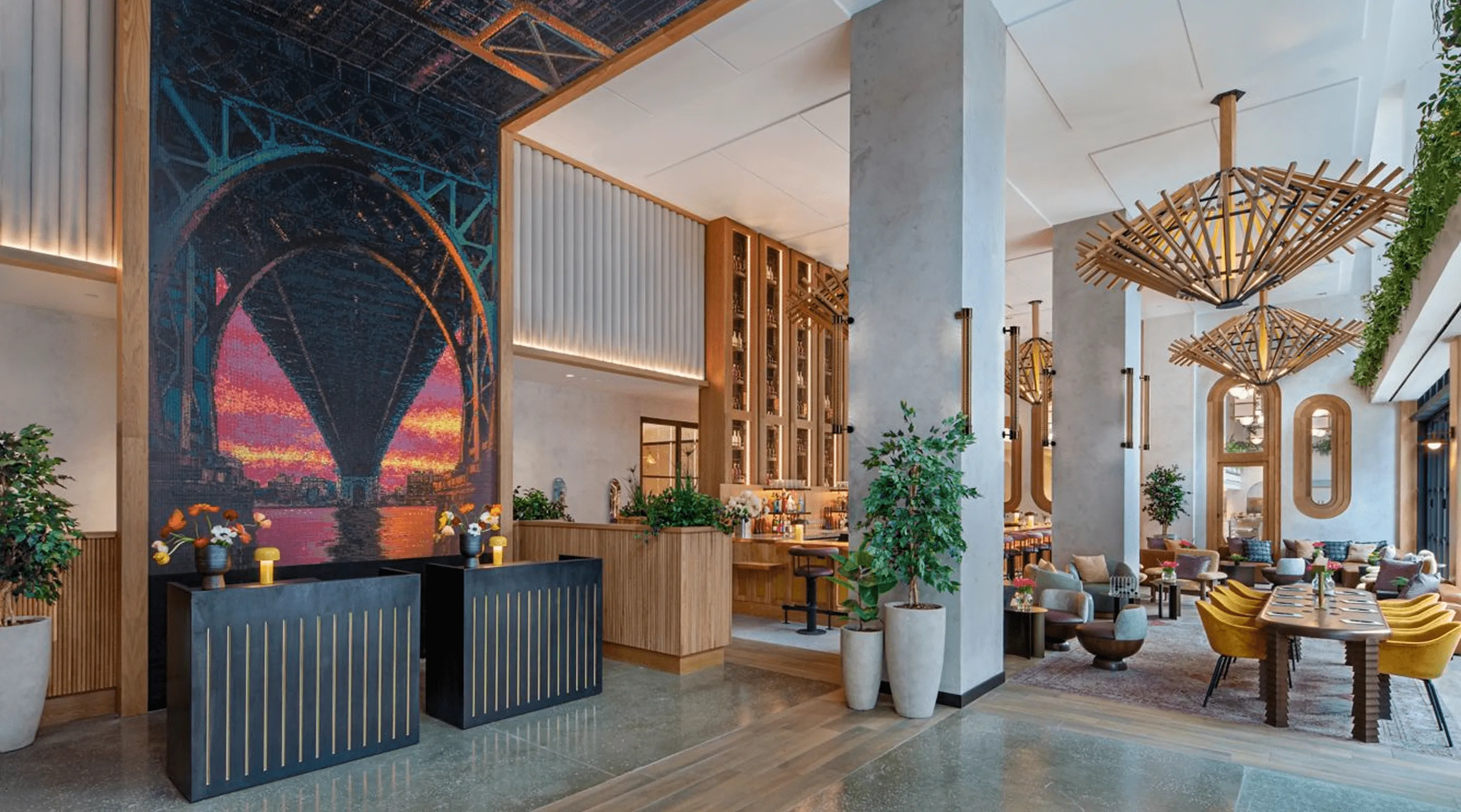
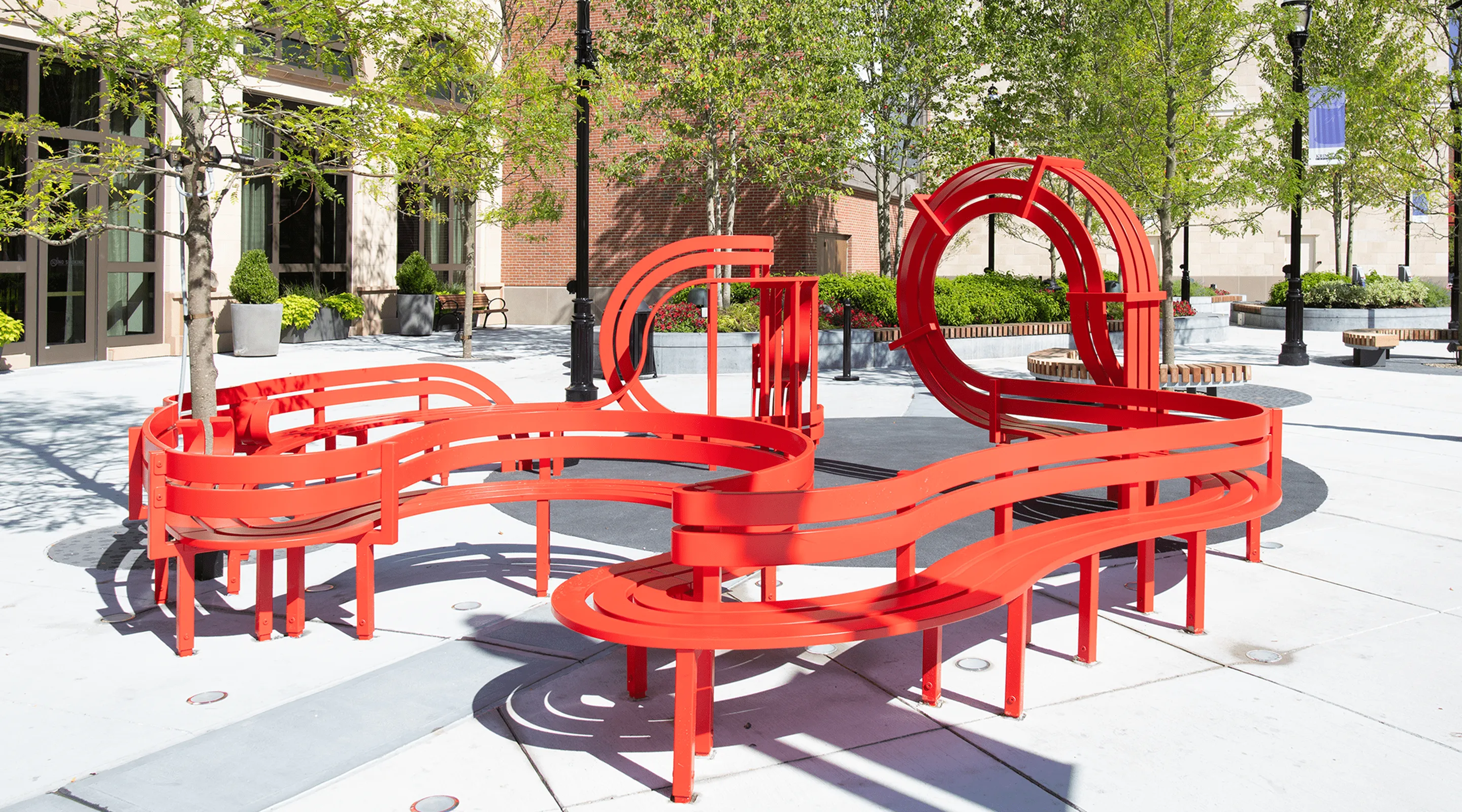
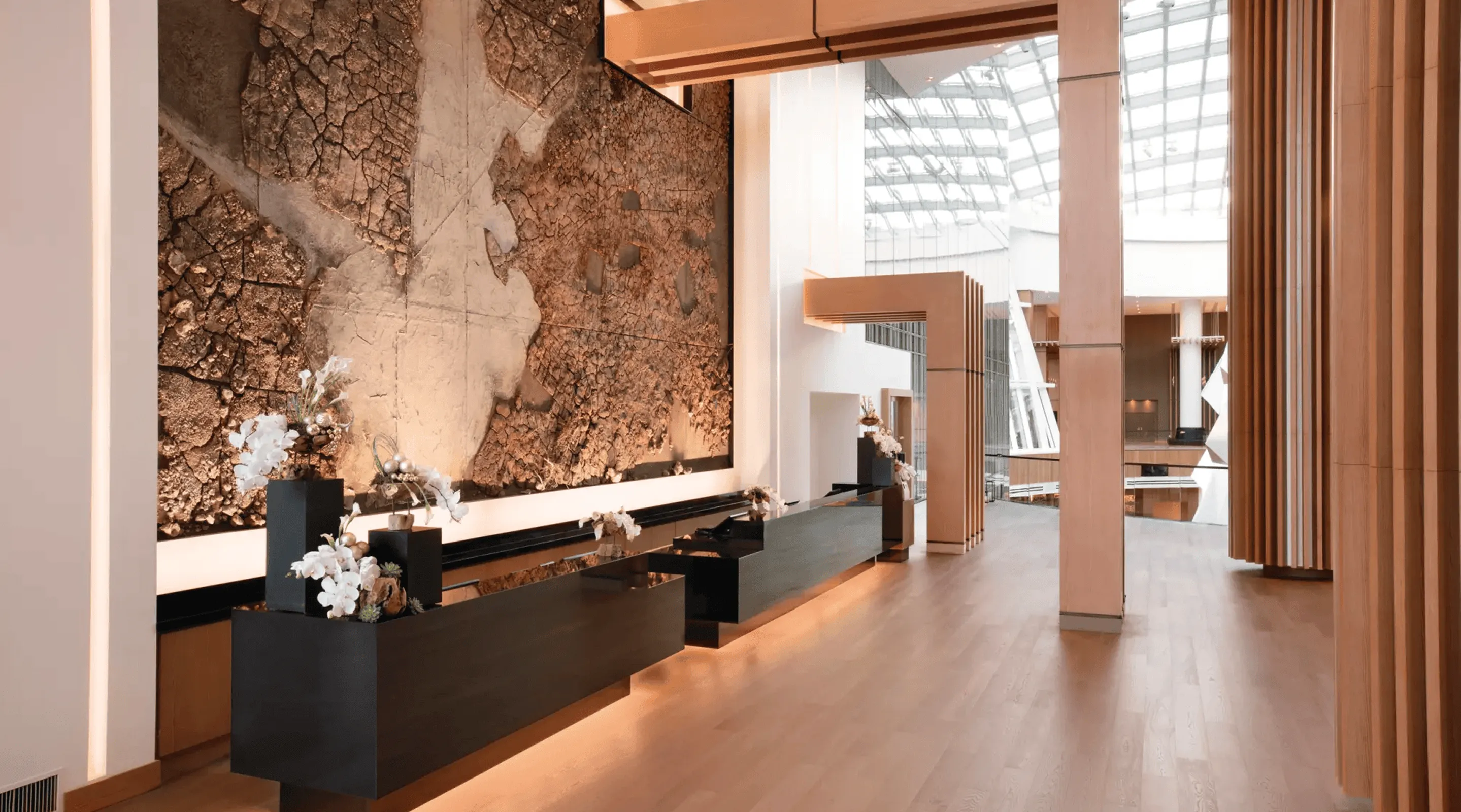
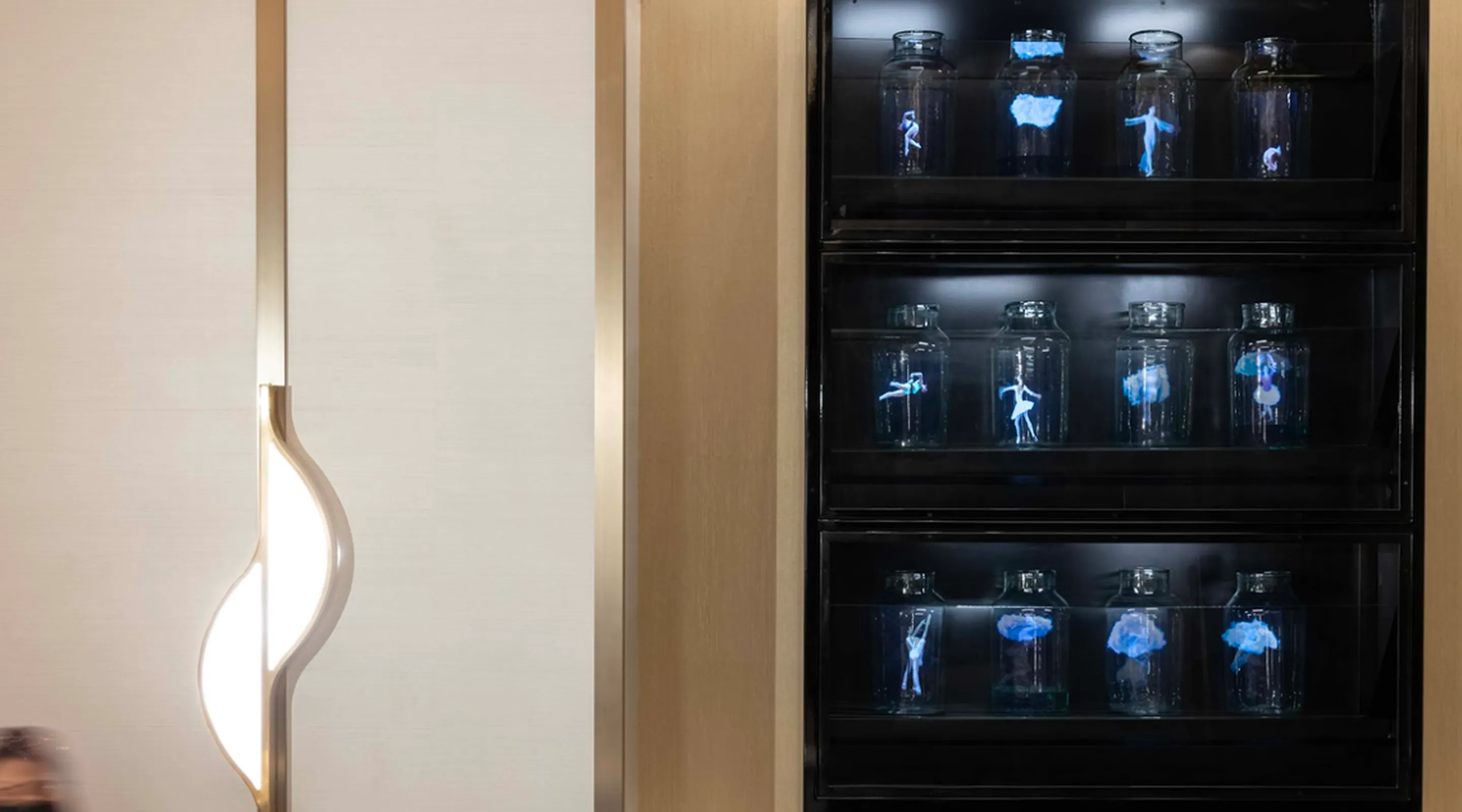
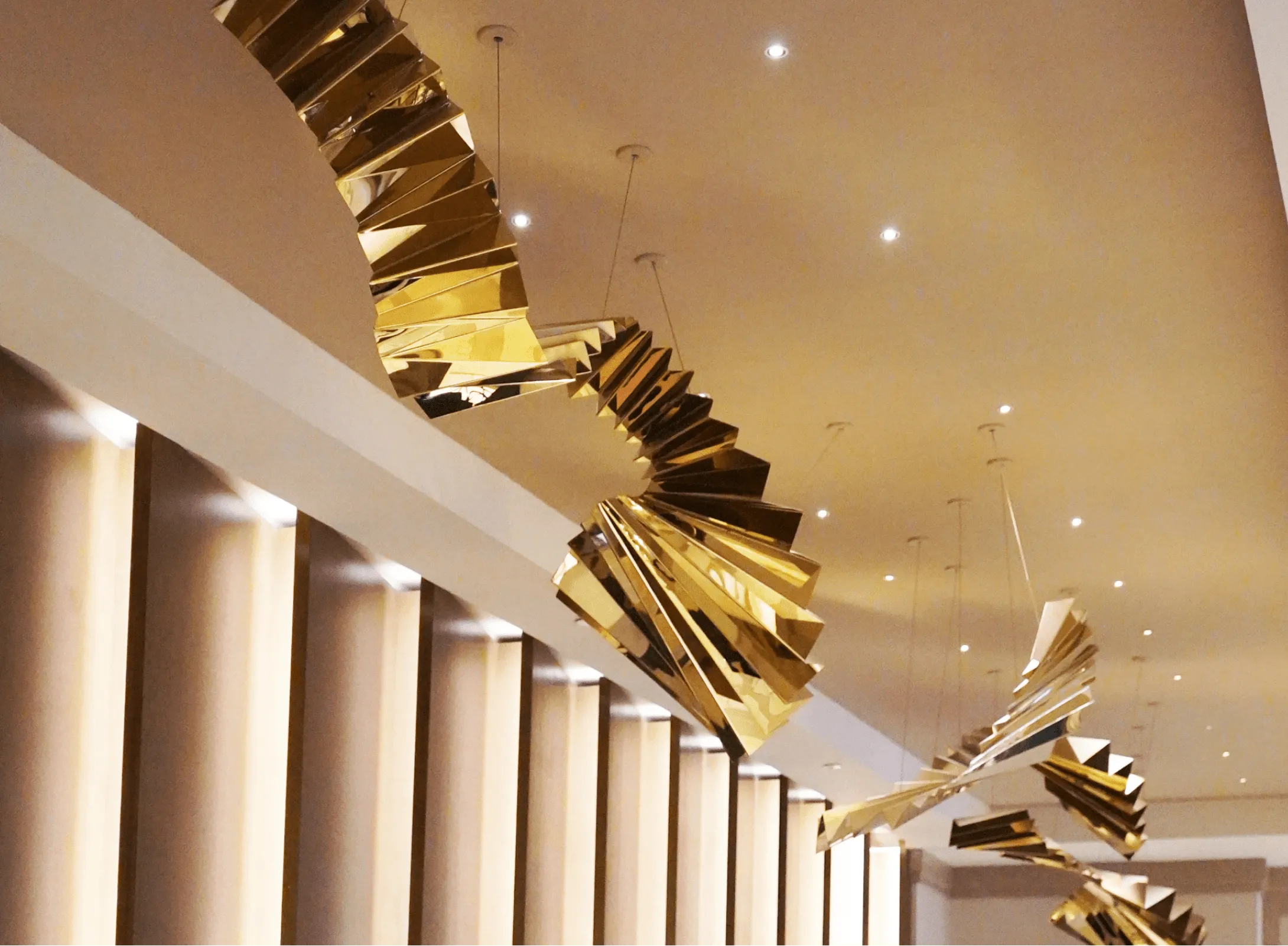
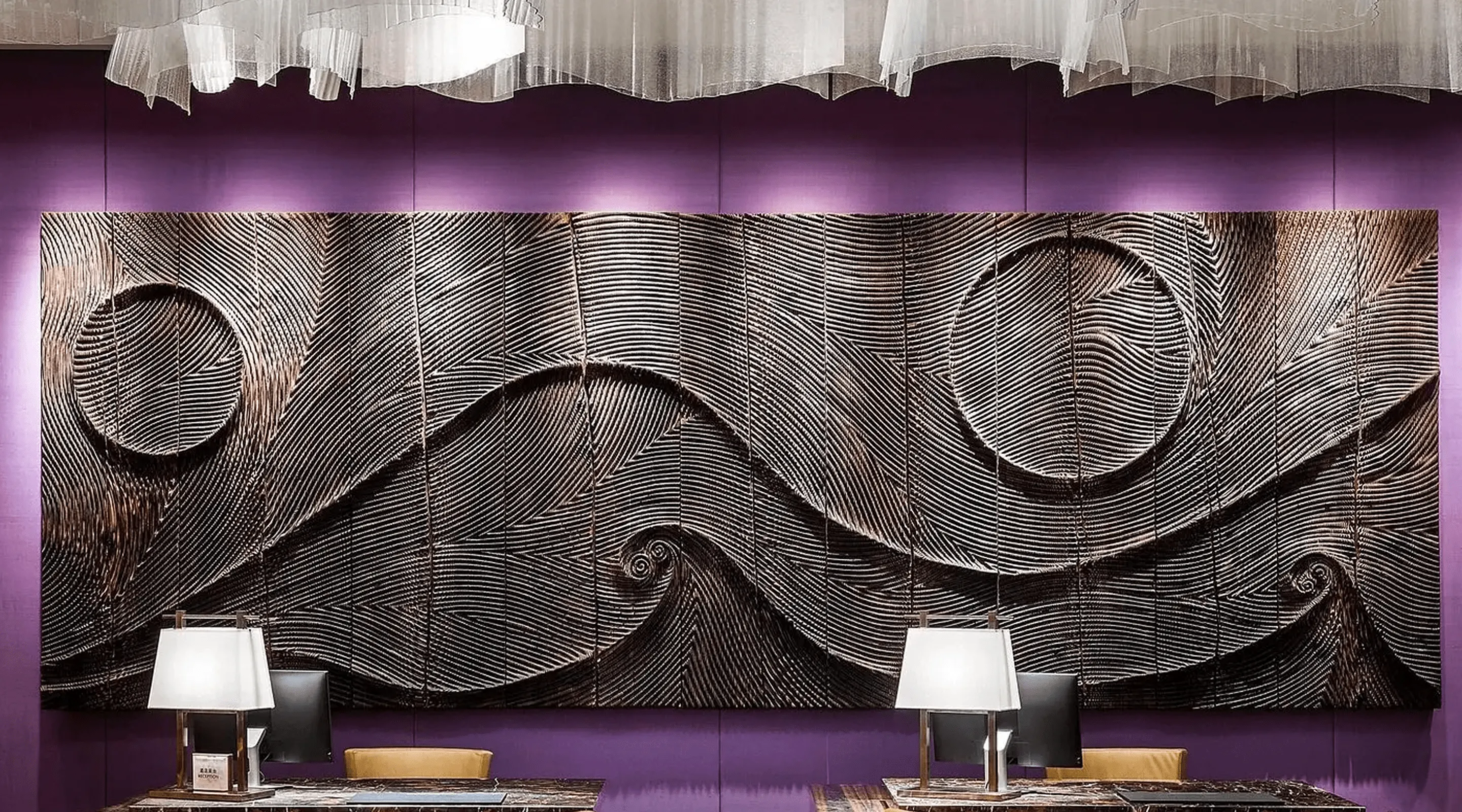
-min.webp)